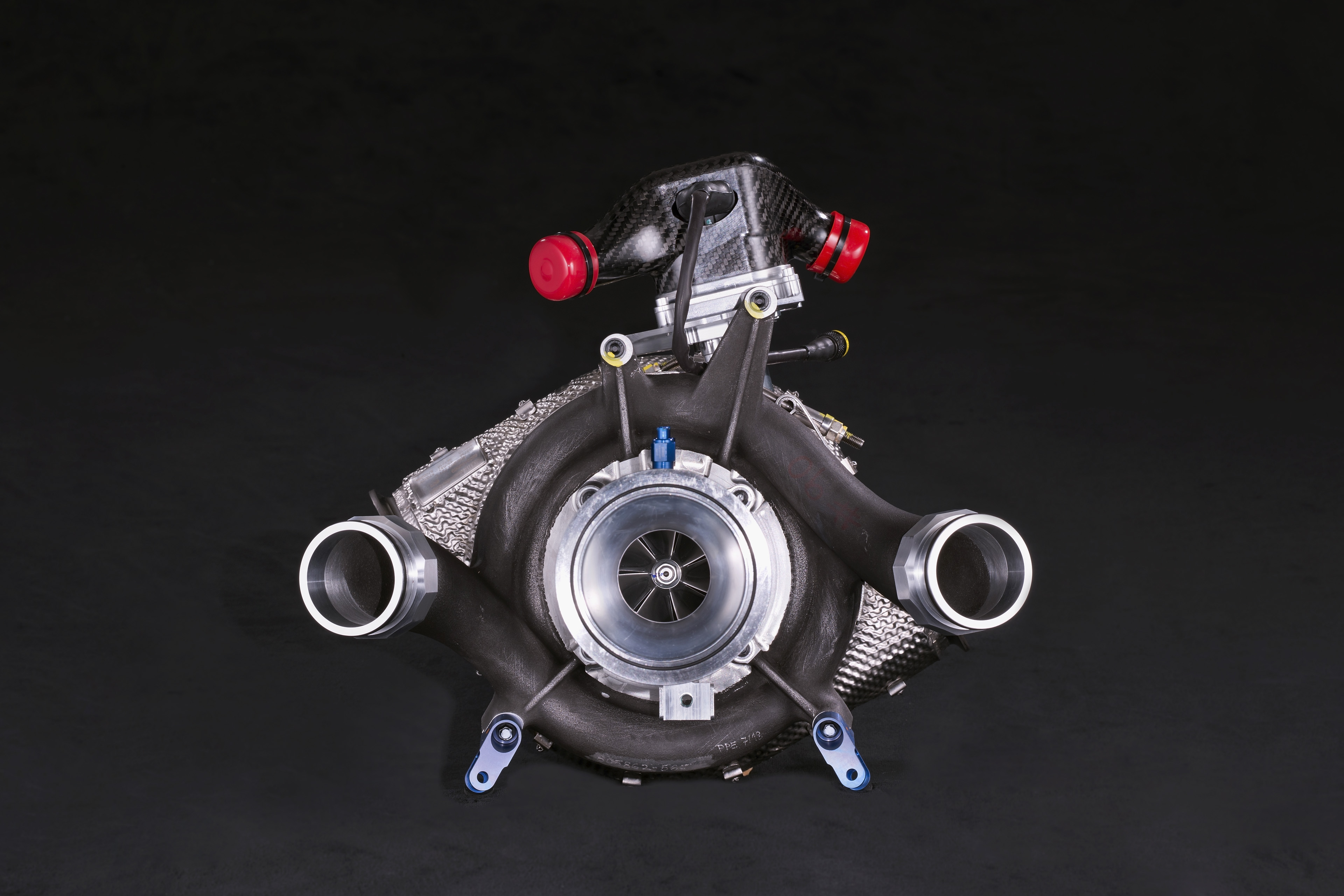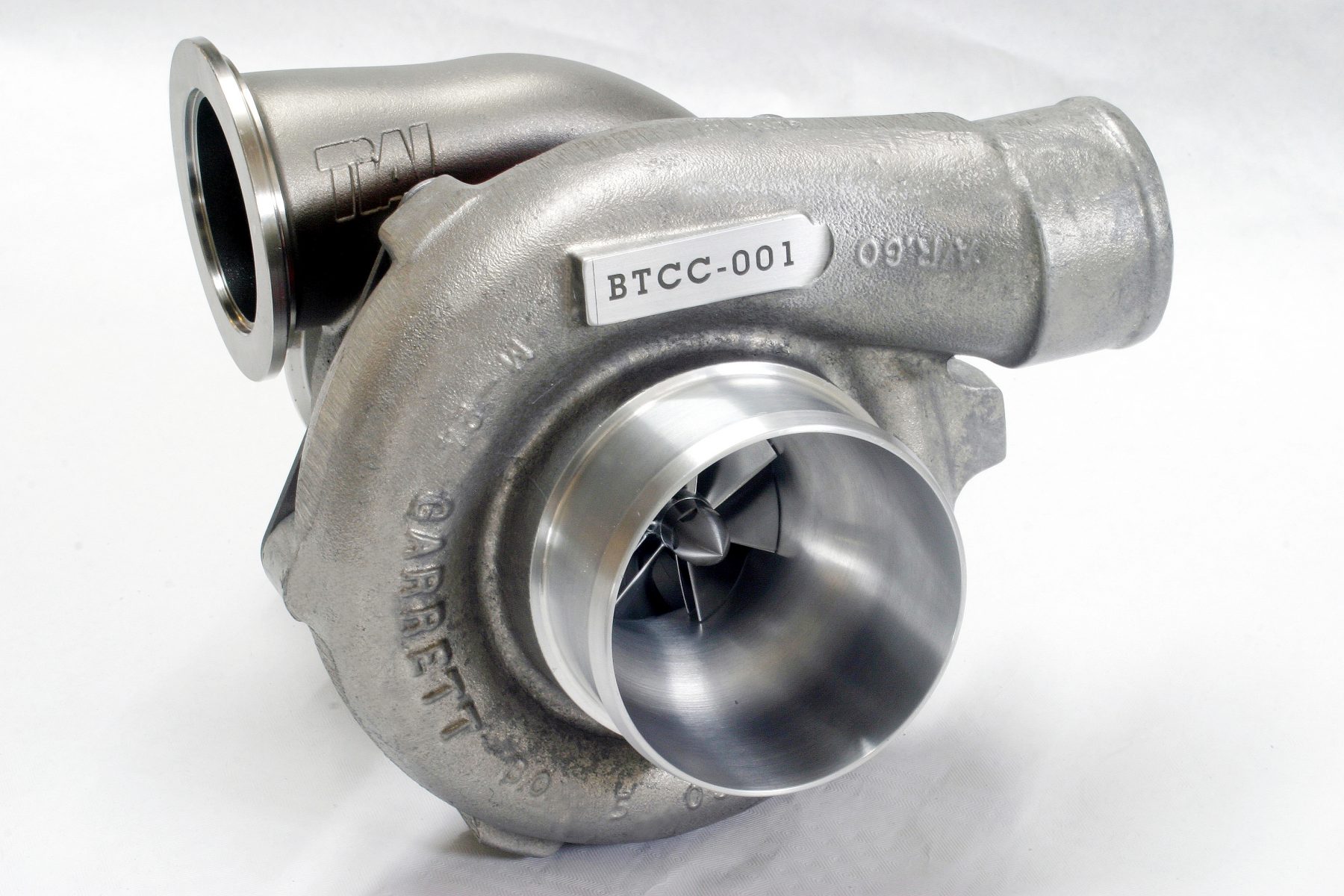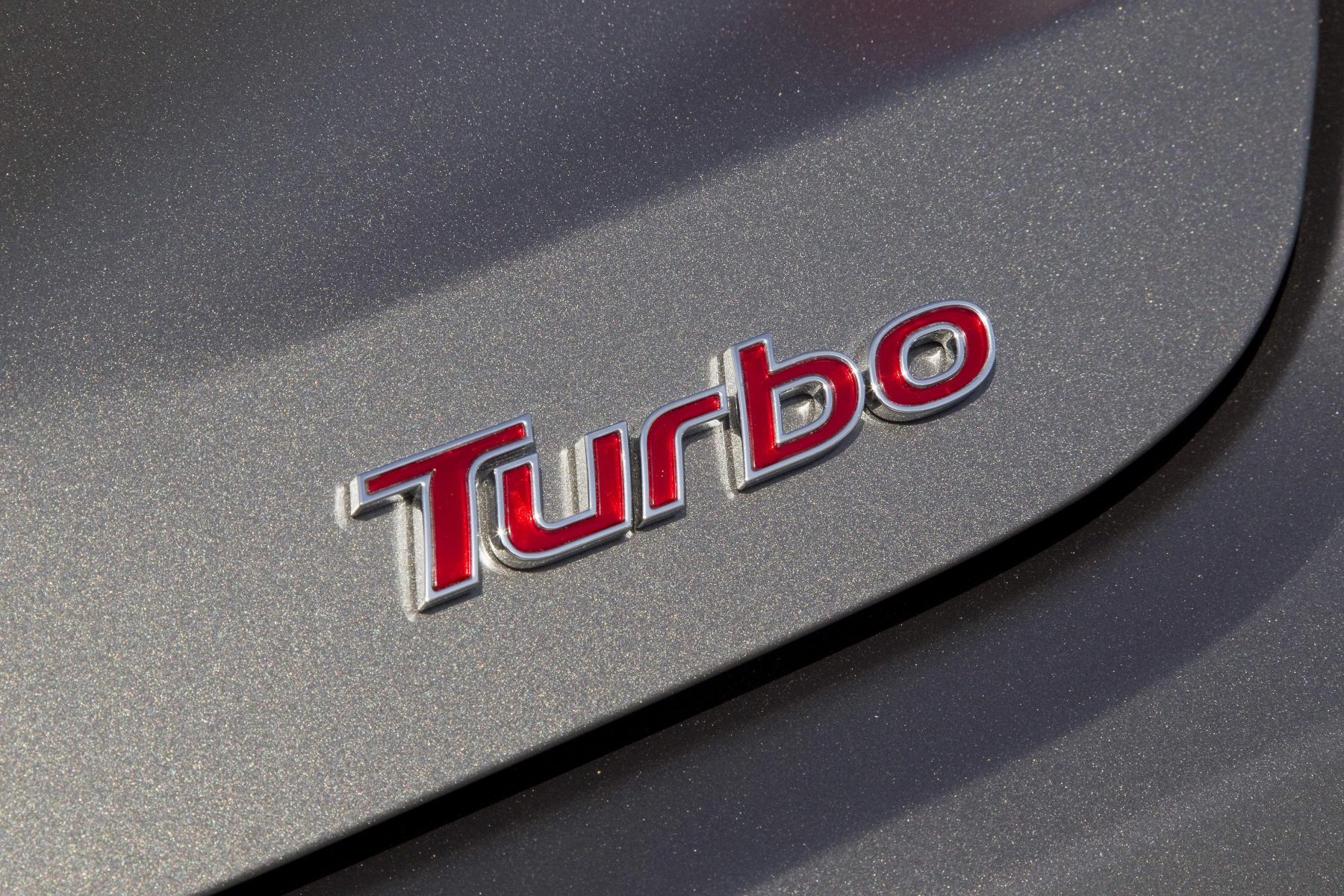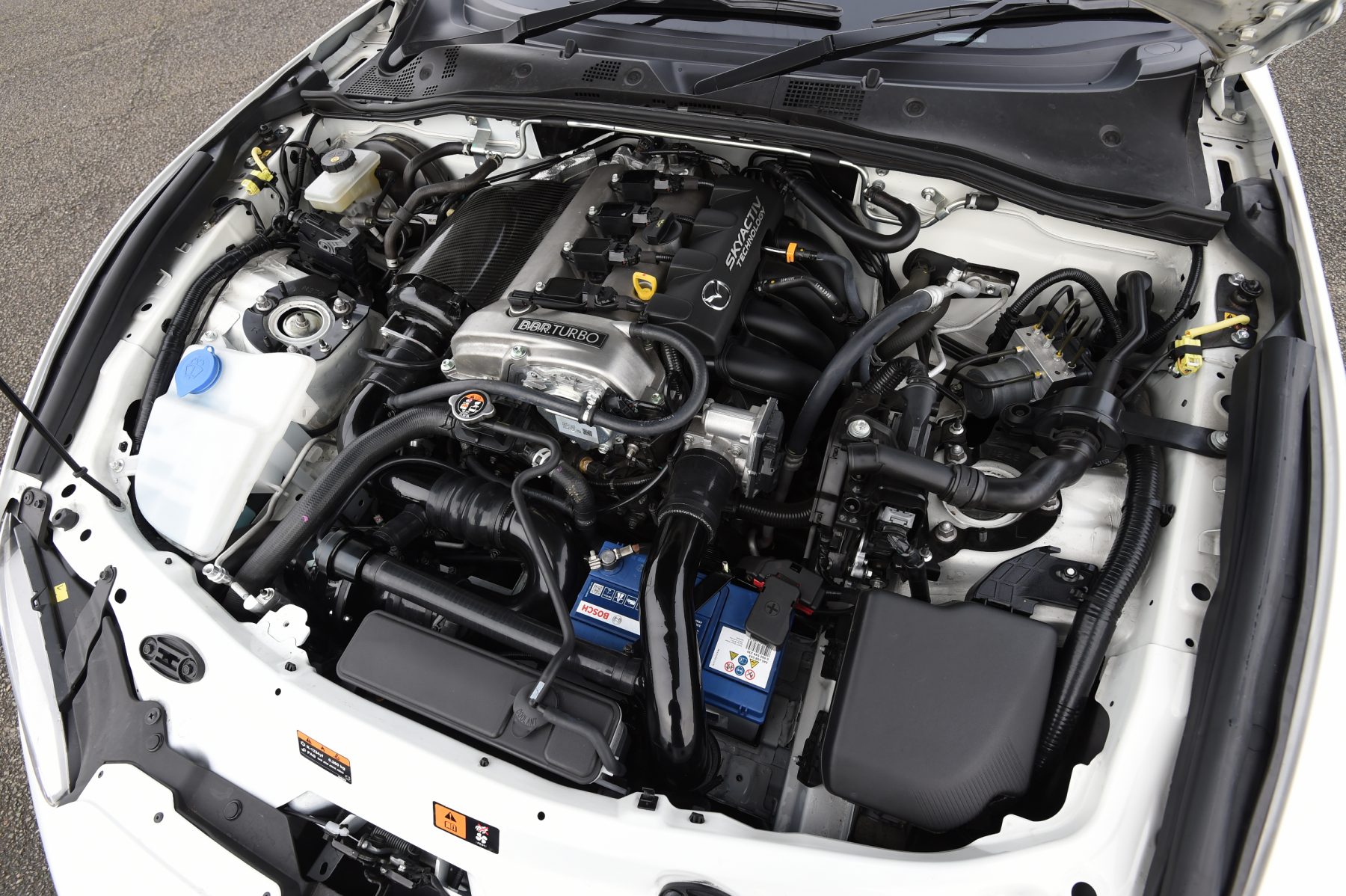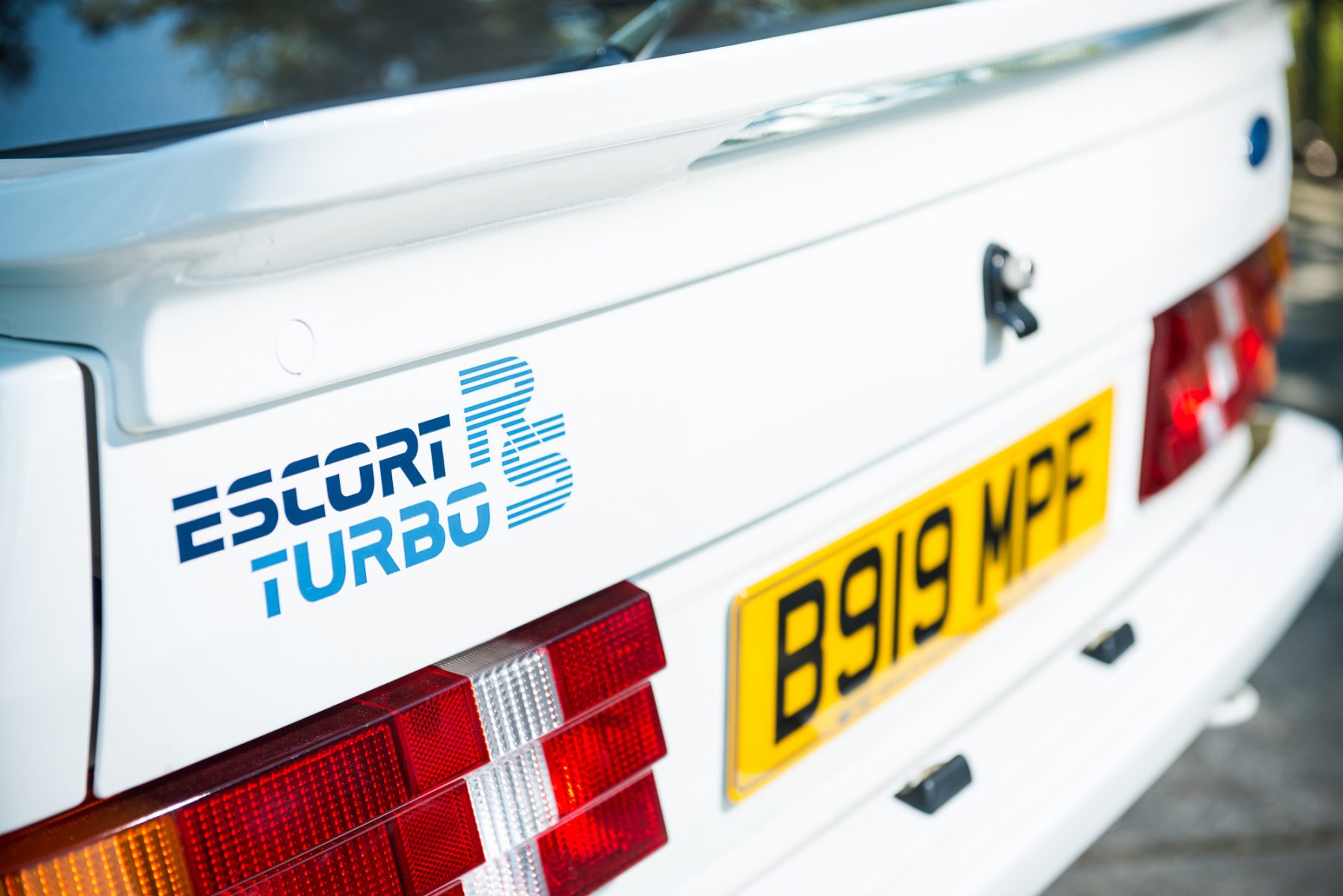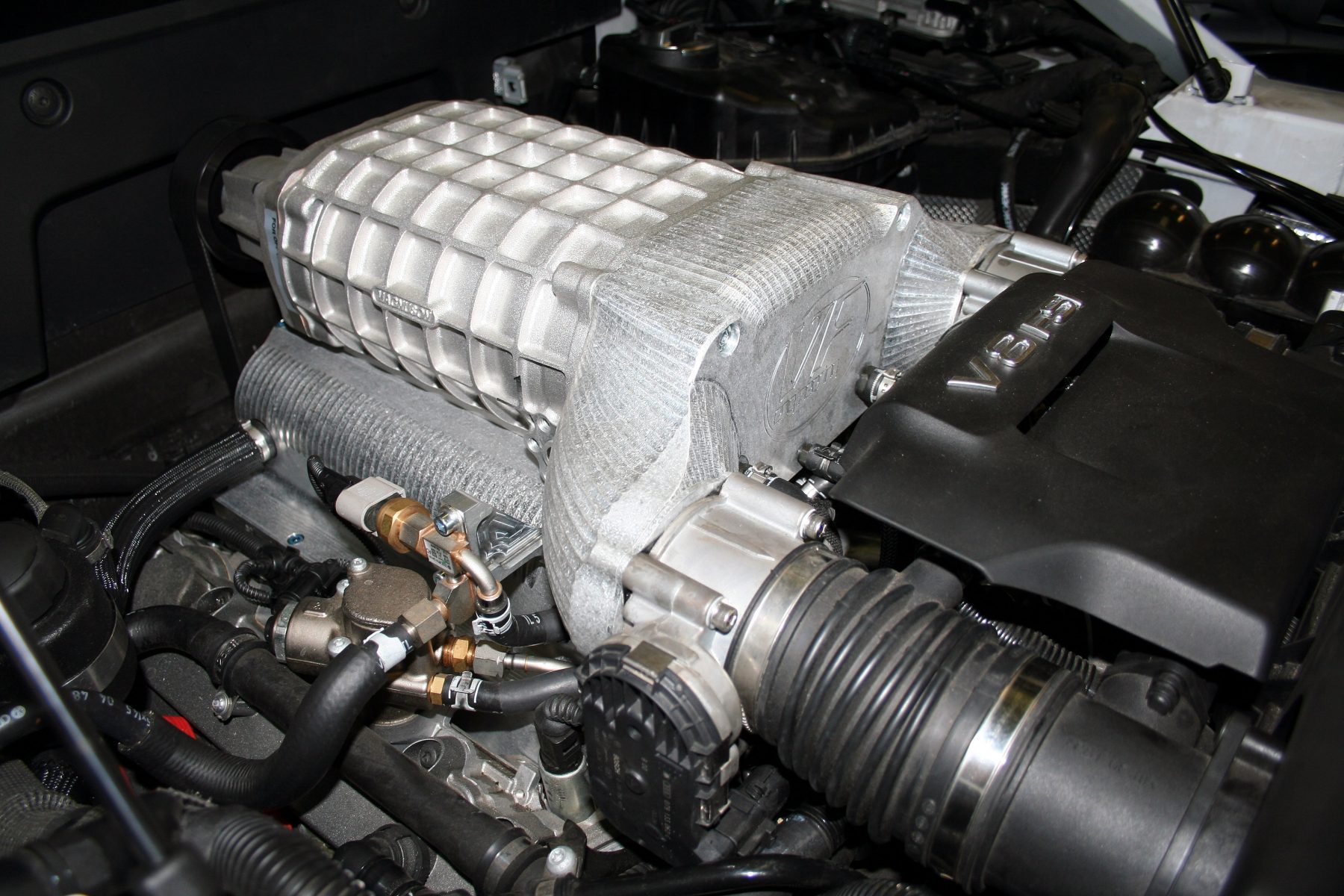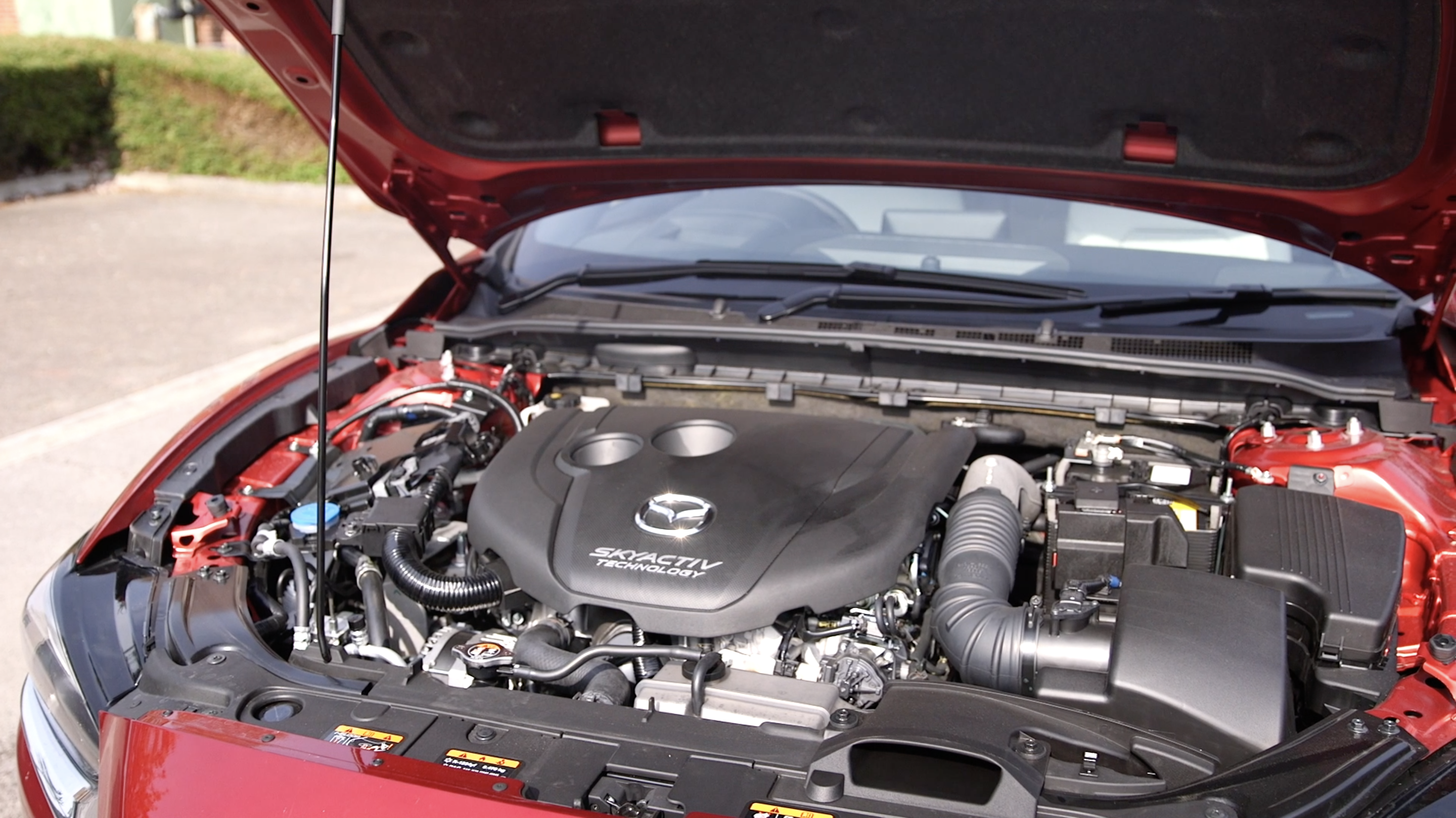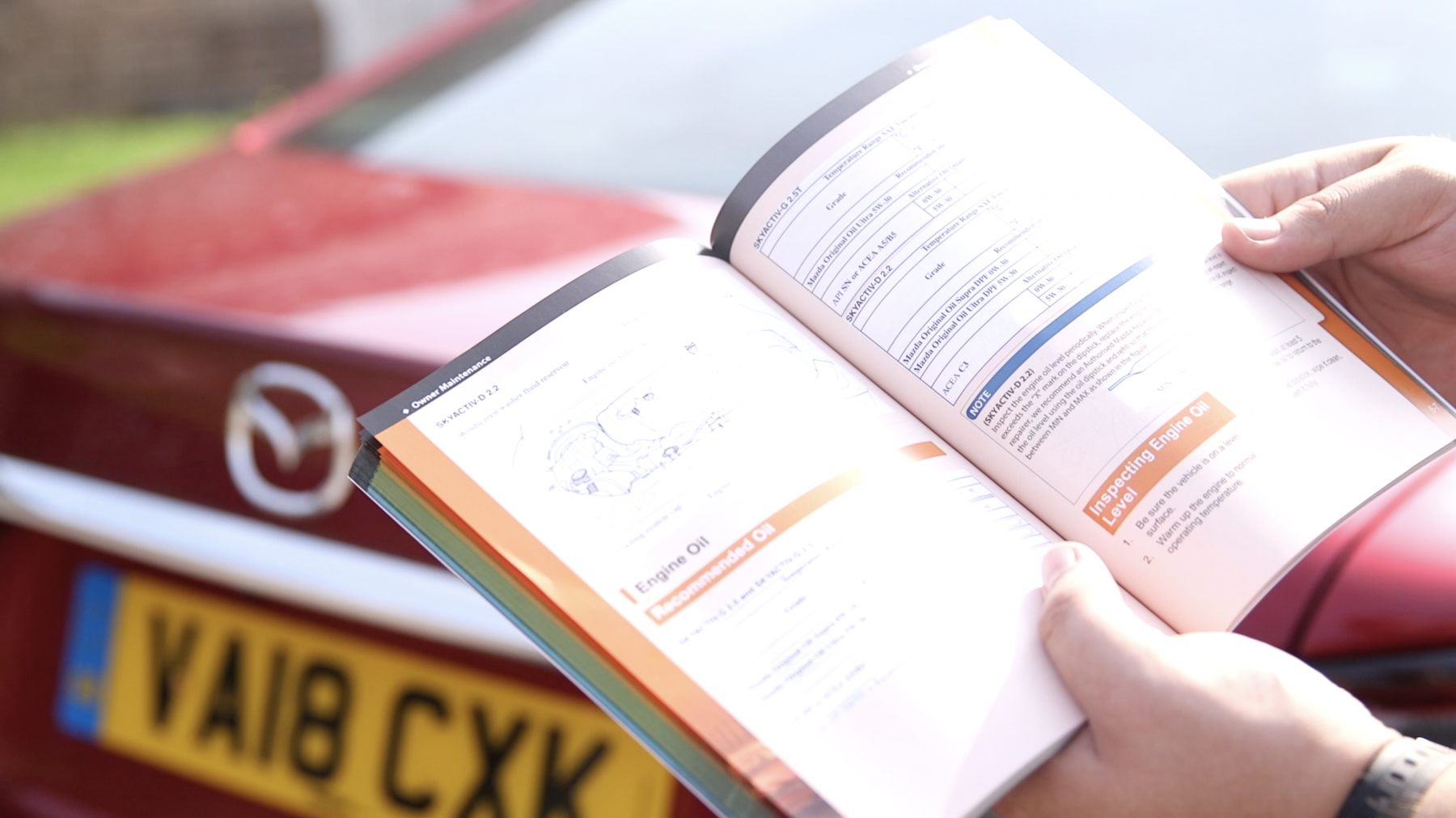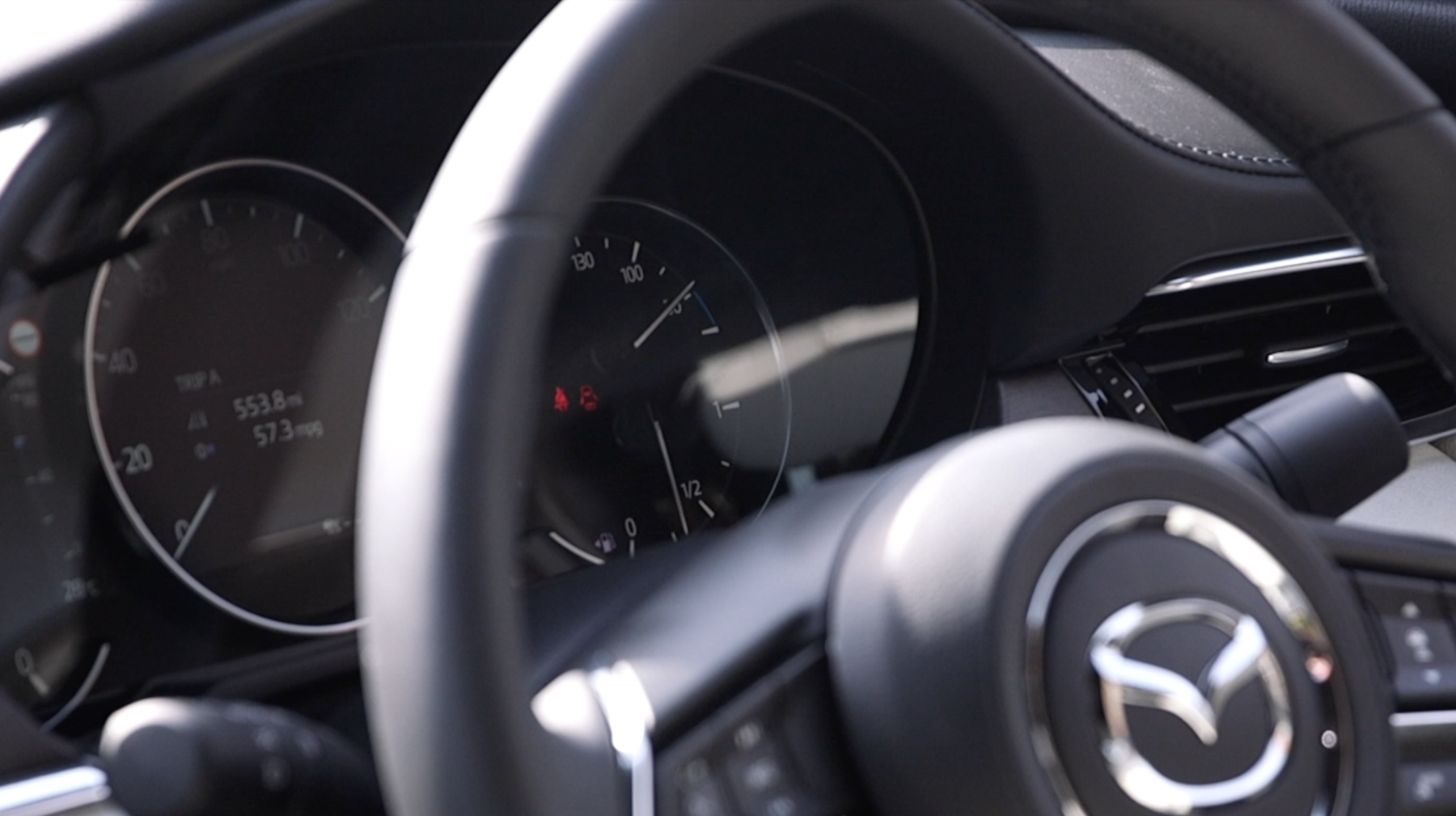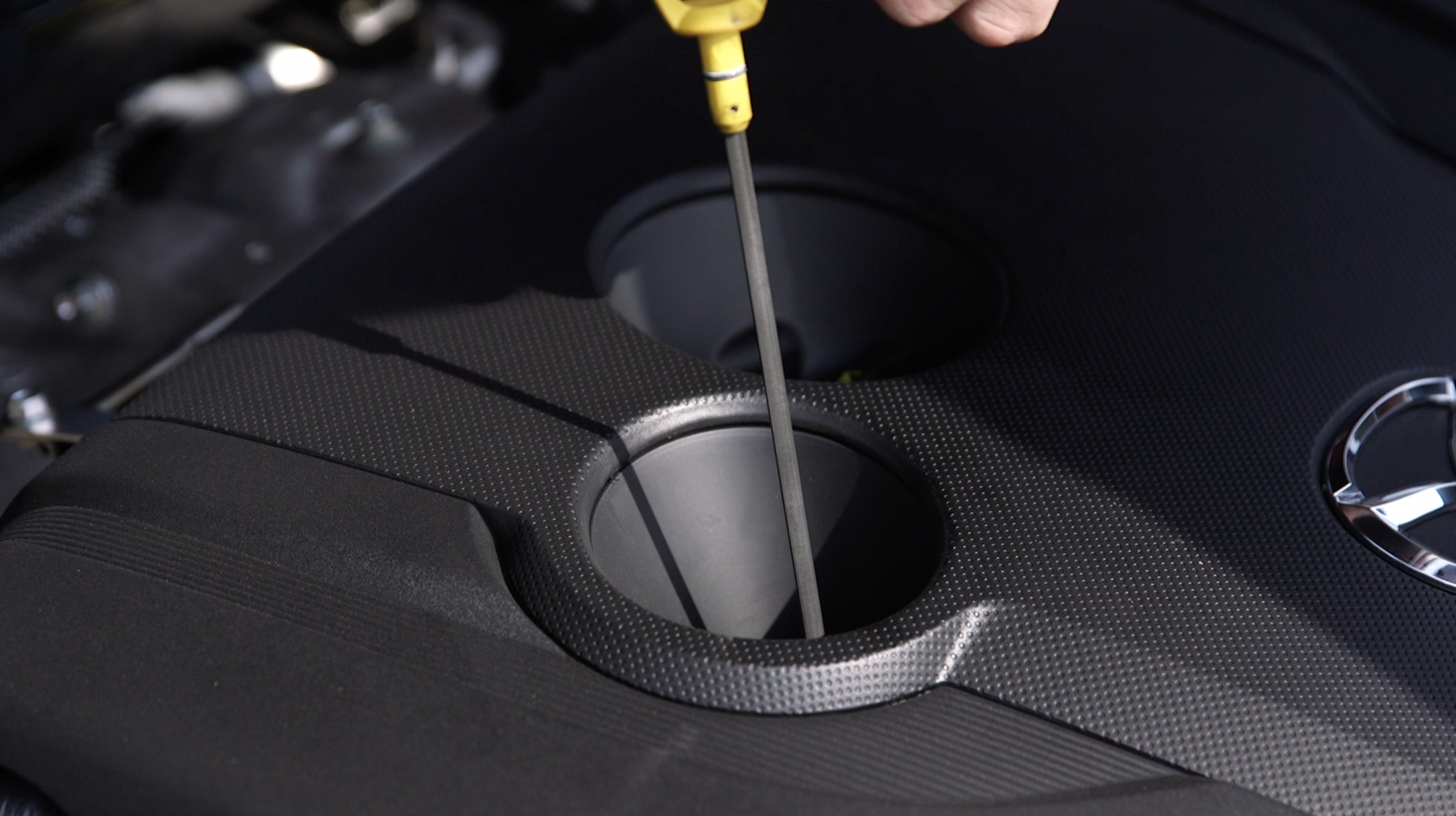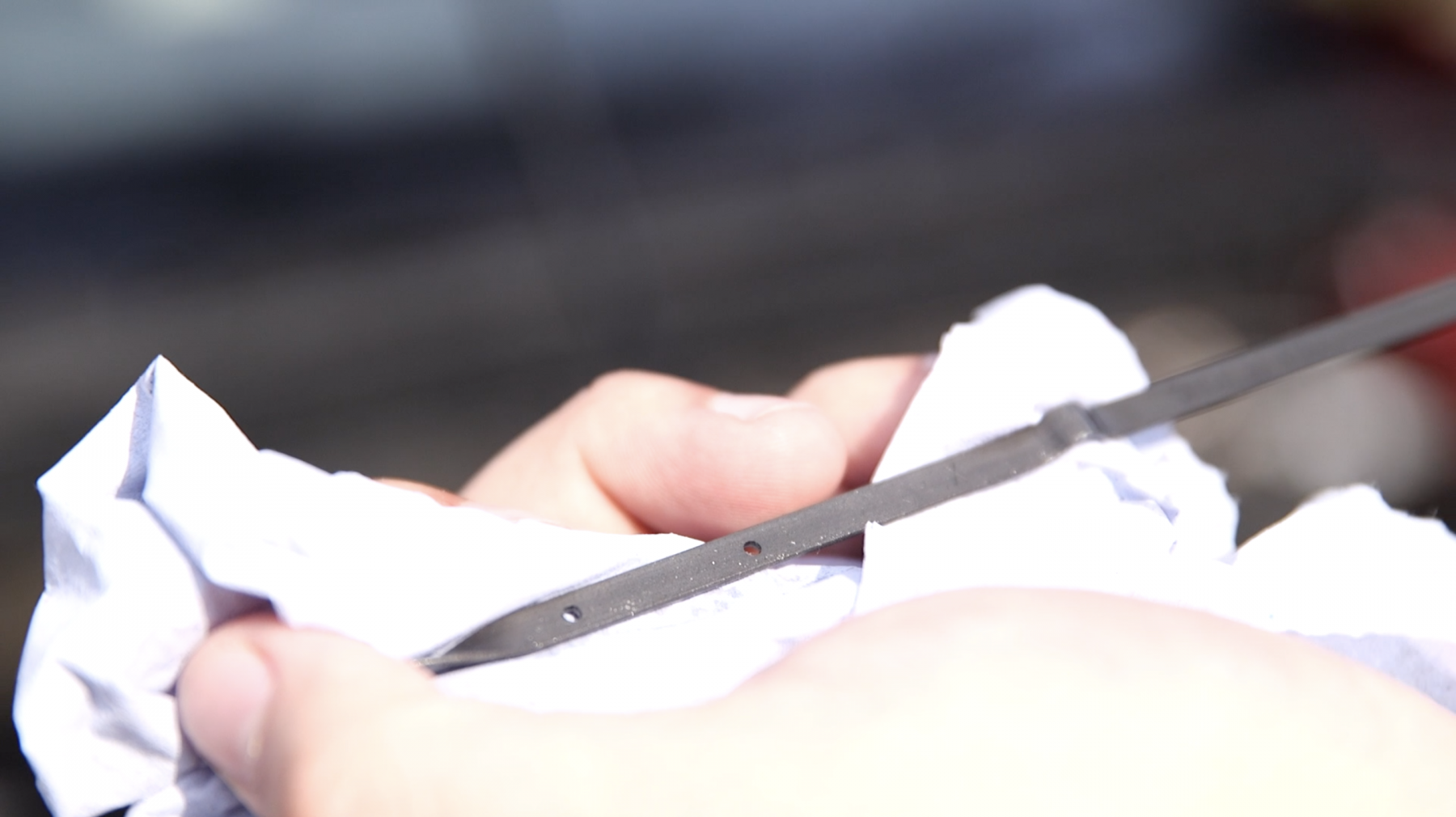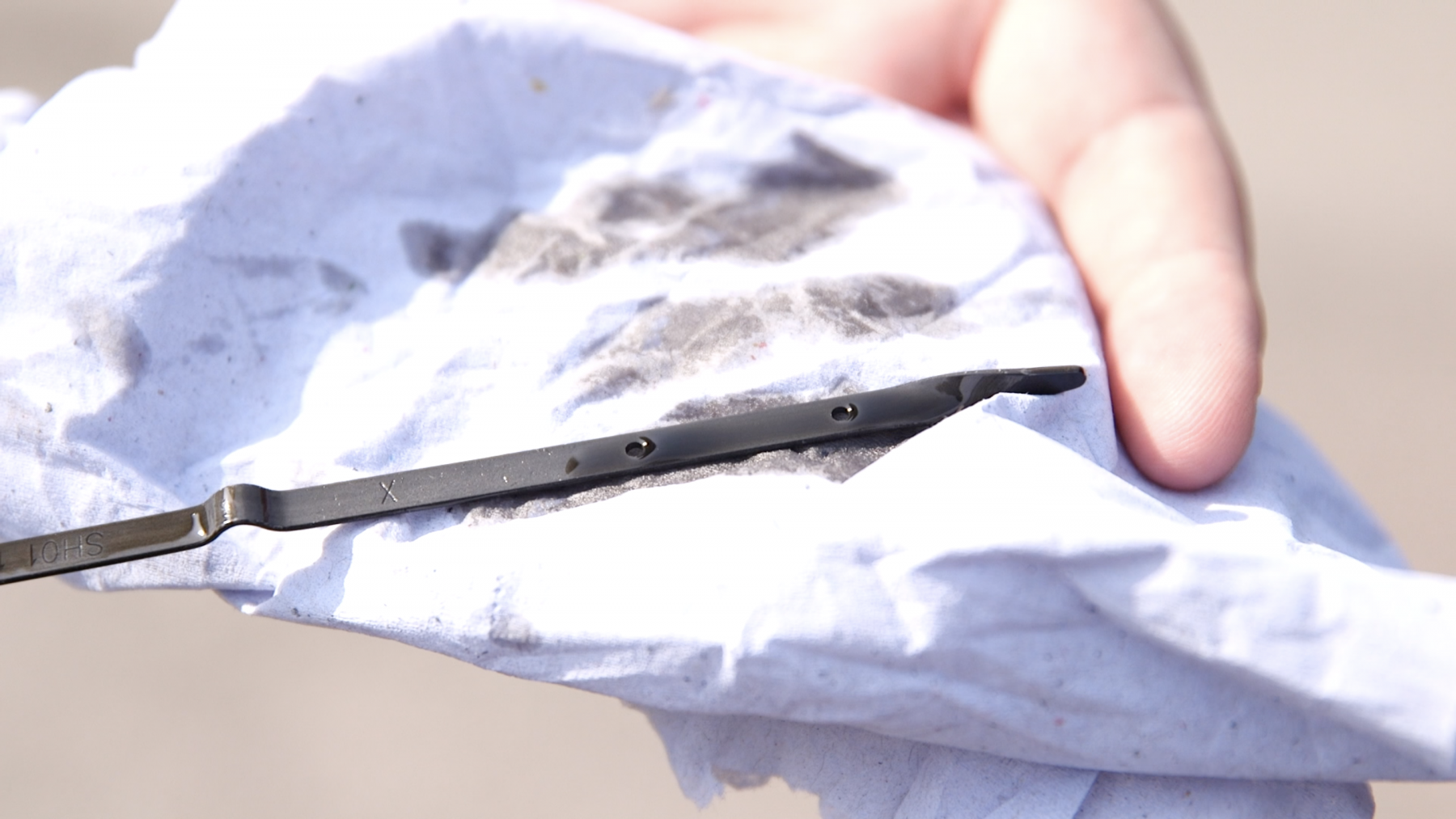What is it?
Remember when a Porsche SUV was considered sacrilege? Those days are long gone, in no small part thanks to a modern market that sees pretty much everyone in on the action.
Porsche will always be the first to popularise the Sports Utility Vehicle though, with the Cayenne in 2002, and it’s almost hard to believe its smaller sibling in the Macan has already been around four years. In fact, the German firm has decided now is the time to give the latter a facelift — and that’s what we’re looking at here.
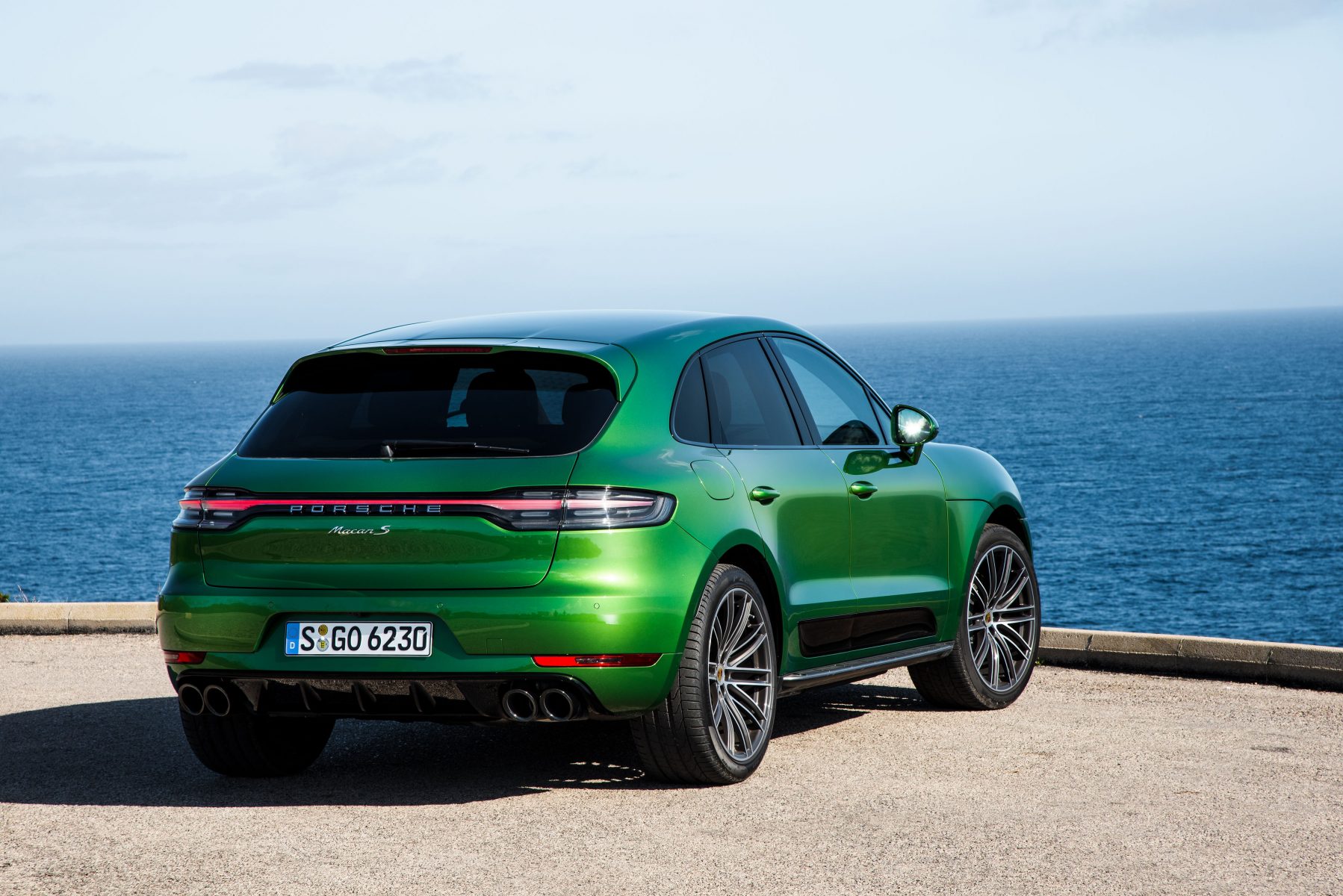
What’s new?
Visual changes for the Macan are pretty light here, but certainly noticeable. Up front, new LED headlights now come as standard across the range alongside a slightly tweaked bumper design. It’s at the back where changes become really noticeable though, with a new full-width LED strip connecting the rear lights. New 20-inch alloys are available for no extra cost, while a fresh 21-inch option is also on offer.
Inside the car, a new dashboard houses a 10.9-inch touchscreen infotainment system — which comes loaded with Porsche’s Connect Plus system, relaying real-time traffic data to the driver. There’s also now a Sport Response Button — which gears the car up for max power for 20 seconds.
What’s under the bonnet?
In Macan S guise as tested here, a 3.0-litre turbocharged V6 can be found underneath the bonnet — sending power to all four wheels via a seven-speed dual-clutch automatic gearbox. Power has been boosted slightly over the outgoing model, now producing 349bhp and 480Nm of torque — up from 335bhp and 460Nm.
What that translates to in performance figures hasn’t been officially revealed but expect the 0-60mph sprint to be quicker than the previous car’s 5.2 seconds and higher than its 158mph top speed. Efficiency figures have yet to be finalised.
In typical Porsche fashion, it’s a fruitful and strong engine — delivering consistent power delivery across the rev range, and really coming alive beyond 5,000rpm. That said, it is hampered slightly by a hesitant gearbox.
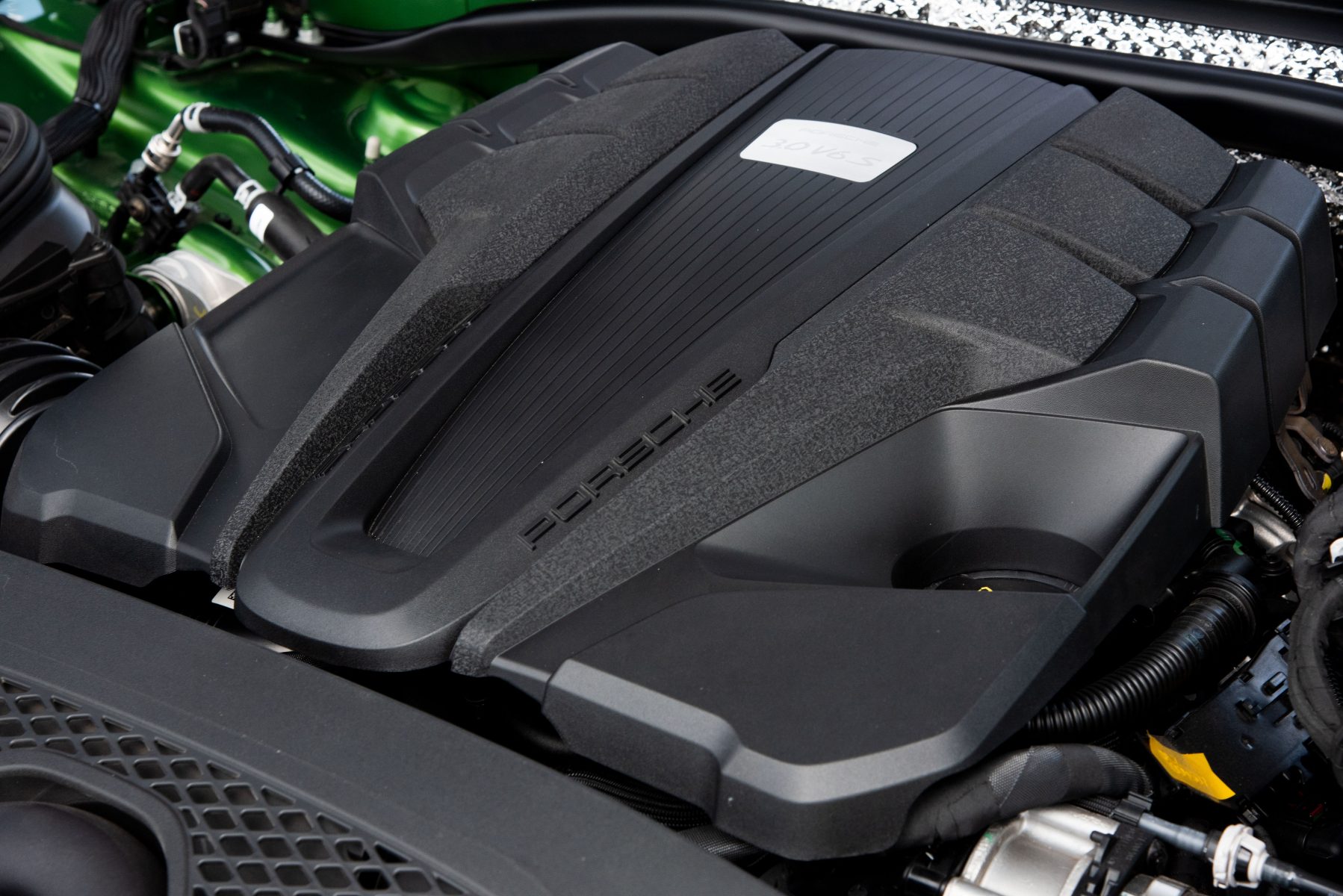
What’s it like to drive?
The Porsche Macan has always been up there as one of the best driving SUVs on the market, if not the, and a refresh has only built on that. When pressing on, the chassis remains composed and does a great job at hiding the size, weight and higher centre of gravity of the car. Steering weighs up well too — and there’s the sense that this is about as close to a proper Porsche hot hatch we may ever see.
As well as offering a genuinely compelling spirited driving experience, the Macan is a capable cruiser too. At motorway speeds, it feels well-refined and comfortable. Cabin noise is pretty low, and switching off the optional active exhaust takes the engine from raucous to relaxing.
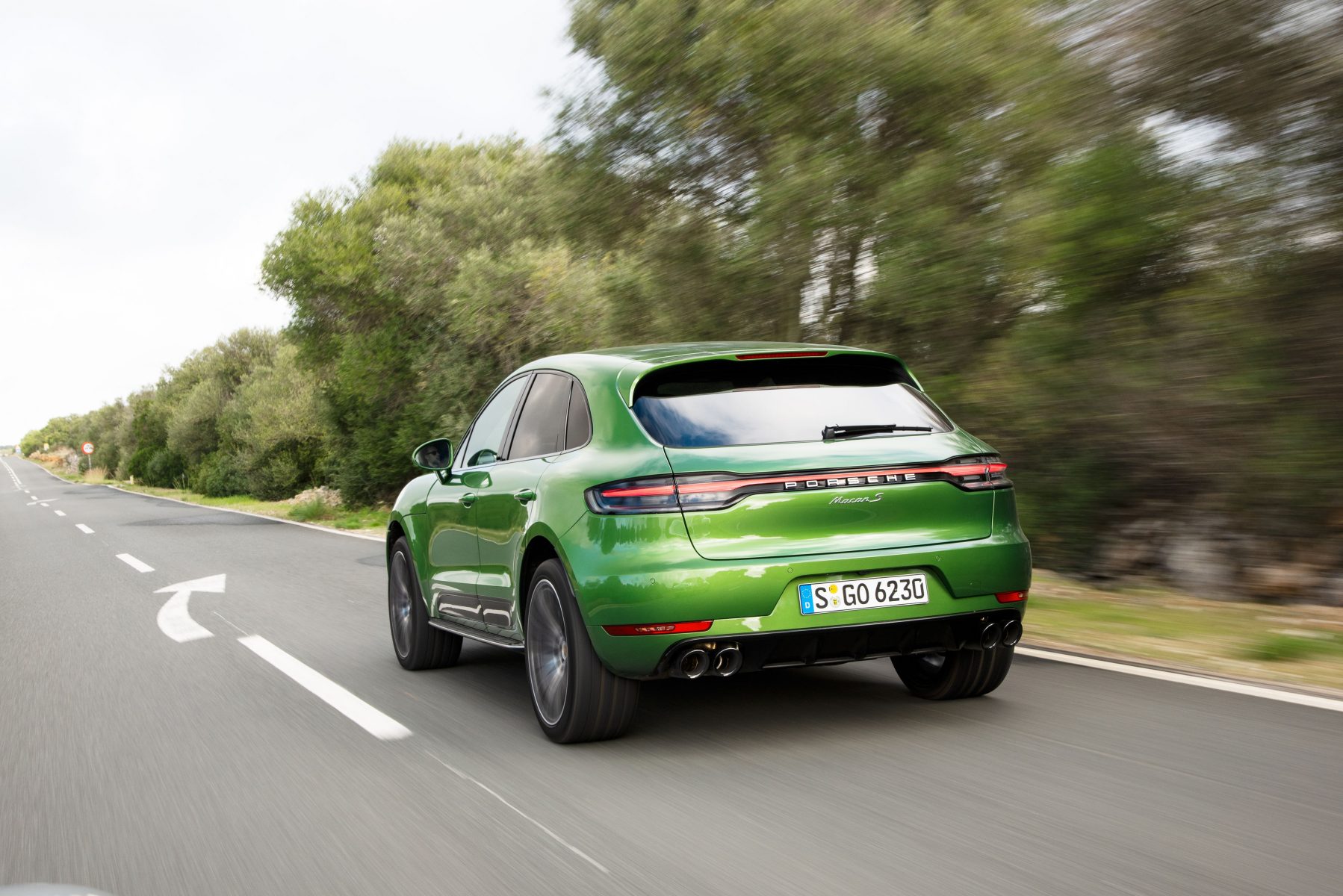
How does it look?
A first glance at the refreshed Porsche Macan might leave you a little stumped as to what’s actually changed but delve deeper into the details and there’s a lot of differences to be found.
New (standard equipment) LED headlights and a revised bumper design don’t set the world alight but do give the SUV a fresh edge, although a major revision at the back brings a full-width LED strip connecting the rear lights. It harks back to 911s of old, while also bringing it in line with Porsche’s new offerings. We like it.
From an image standpoint, it still comes with that prestige the Porsche badge brings. Sure, die-hard fans of the firm may still condemn it — but this is the car that drives sales of its more exotic machinery.

What’s it like inside?
Hopping into the Porsche Macan is a pleasant experience from a luxury standpoint. The cabin is draped in premium materials, with leather featuring on almost every surface — plus the option of metal, carbon-effect or wooden trim inlays,
It all feels wonderfully put together, and the Alcantara steering wheel fitted to our test Macan S is a must-have option in our view. That said, there are some drawbacks — with the layout of controls remaining identical as before. The centre console is clunky, and it can be difficult to manage various car settings while keeping eyes on the road as a result. The latest generation of Porsche models has rectified this problem, so it’s a shame to see the Macan refresh is yet to benefit.
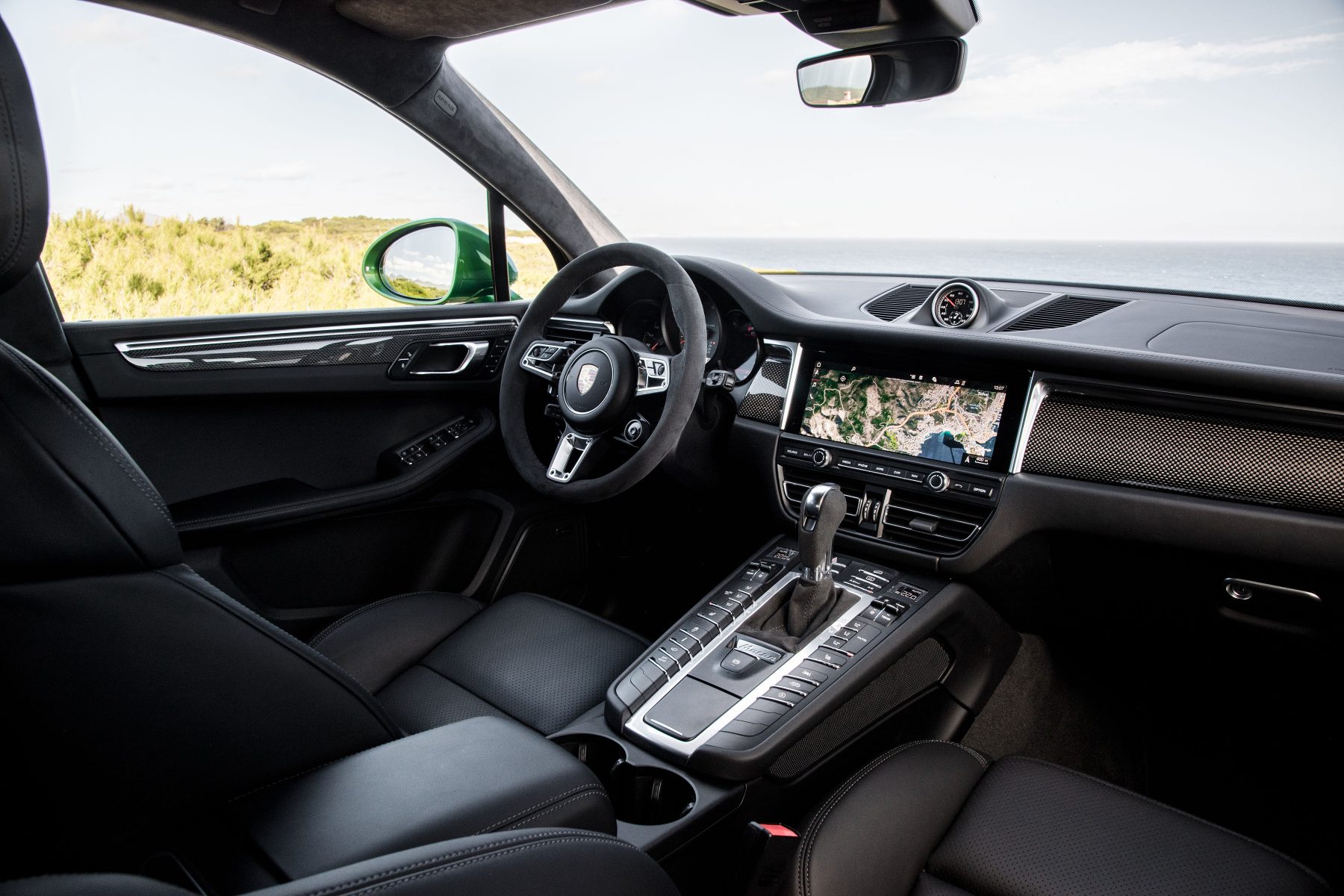
What’s the spec like?
UK pricing and specs are still a while away from being revealed, so it’s hard to predict where the new Macan S stands from a value perspective — but there’s definitely a lot to be excited about.
Along with the now-standard inclusion of LED headlights, there’s a new 10.9-inch touchscreen infotainment system that boasts a clever new Connect System that can feed real-time traffic information to the driver plus a fresh selection of both 20-inch and 21-inch alloy wheels available.
A new key addition too is the Sport Response Button. When operated, this sets the car up for a burst of full grunt. Gimmicky, sure, but it can be a lot of fun to use on the right road.
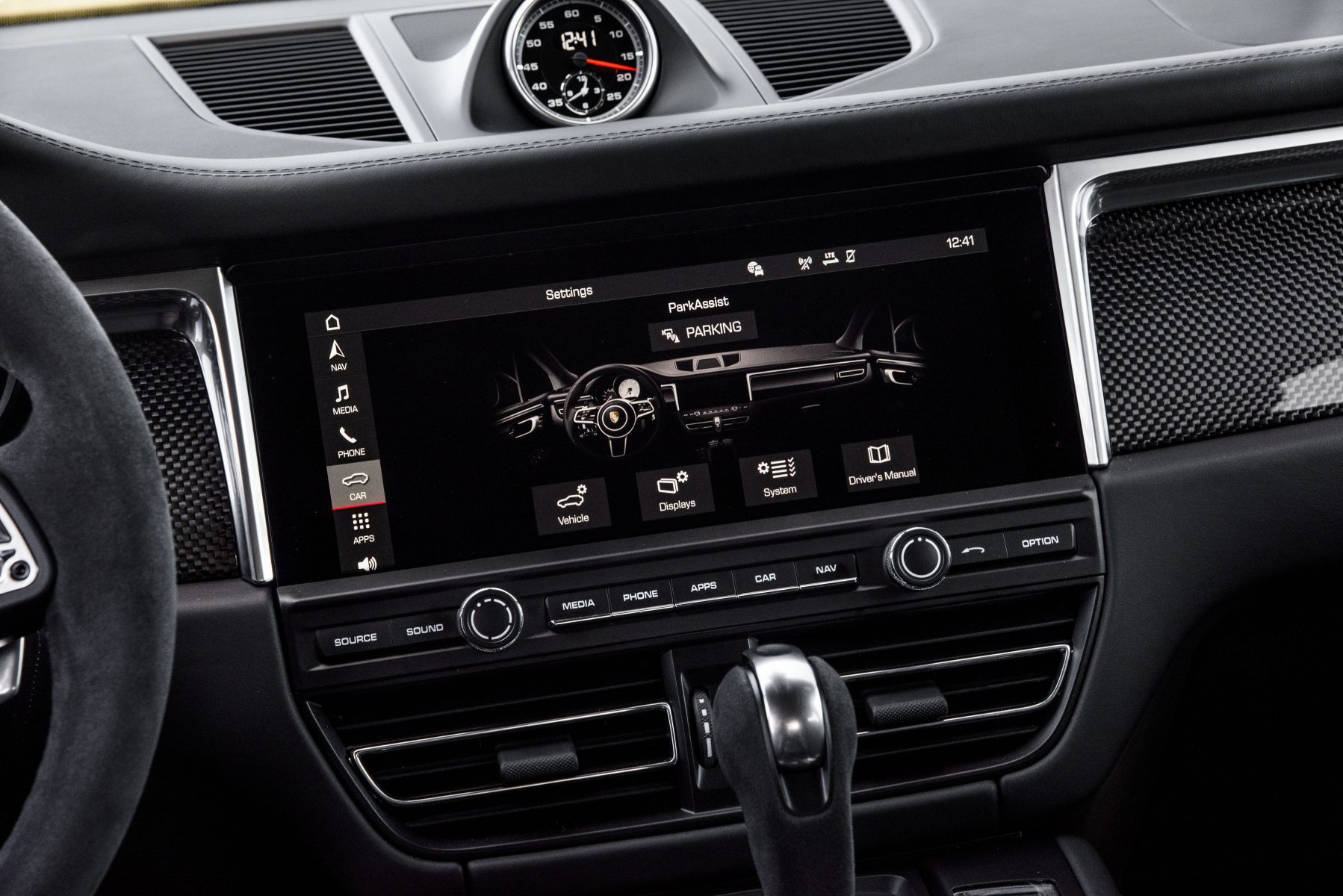
Verdict
A refresh hasn’t drastically transformed the Porsche Macan S, but it has turned it into an even more appealing package. It continues to prove that opting for an SUV doesn’t mean sacrificing a true driving experience nor performance — while also building an appetite for a real Porsche hot hatch.
The S, in particular, proves to be a more compelling option than the four-cylinder base car, offering a new world of performance in comparison. How it fares on a value perspective remains to be seen.
Room for improvement remains, though. A sharper gearbox would add a lot to the package, and we’d like to see a more streamlined cabin layout.
Facts at a glance
- Model: Porsche Macan S
- Price: N/A
- Engine: 3.0-litre turbocharged V6
- Power (bhp): 349
- Torque (Nm): 480Nm
- Max speed (mph): TBA
- 0-60mph: TBA
- MPG: TBA
- Emissions (g/km): TBA

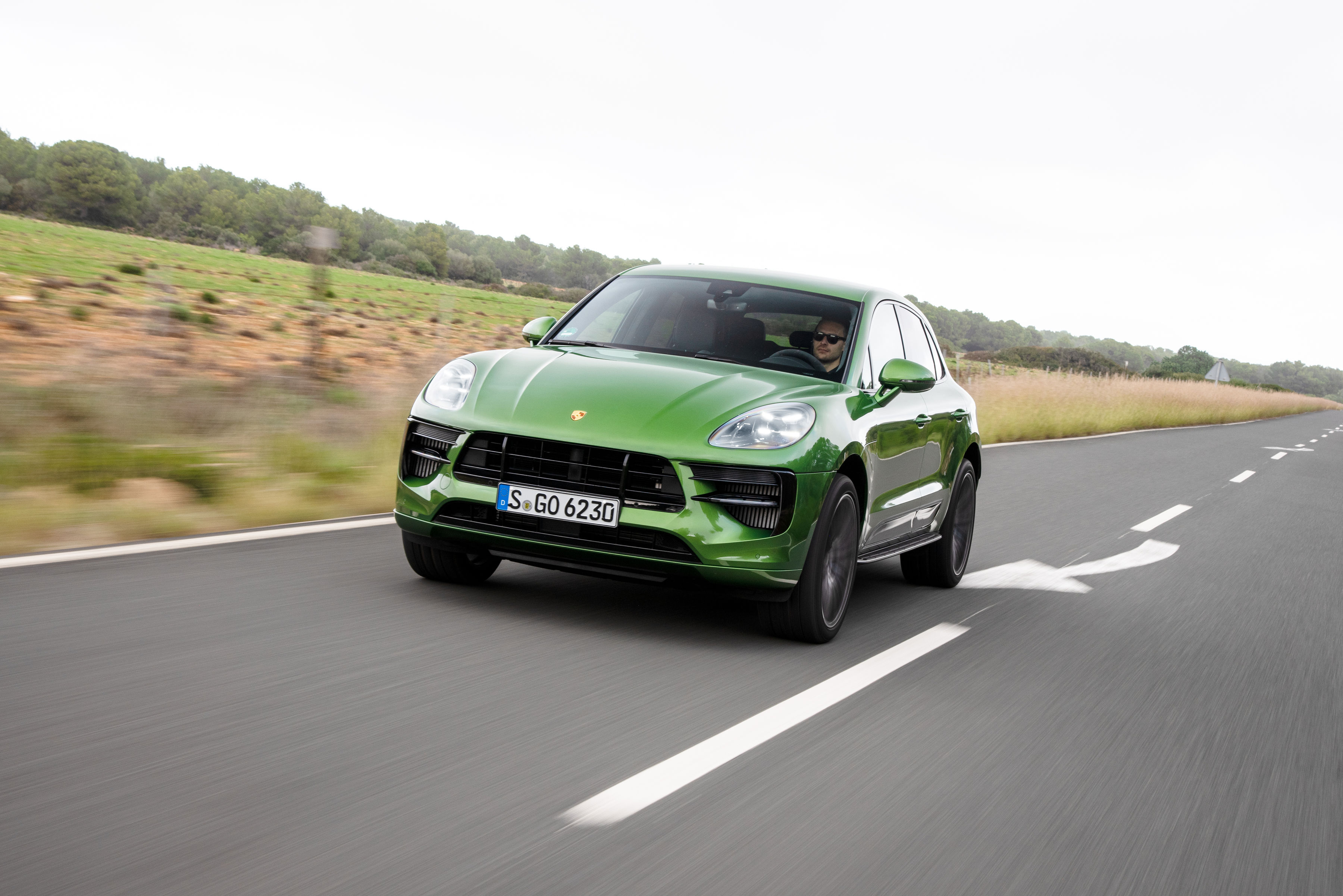
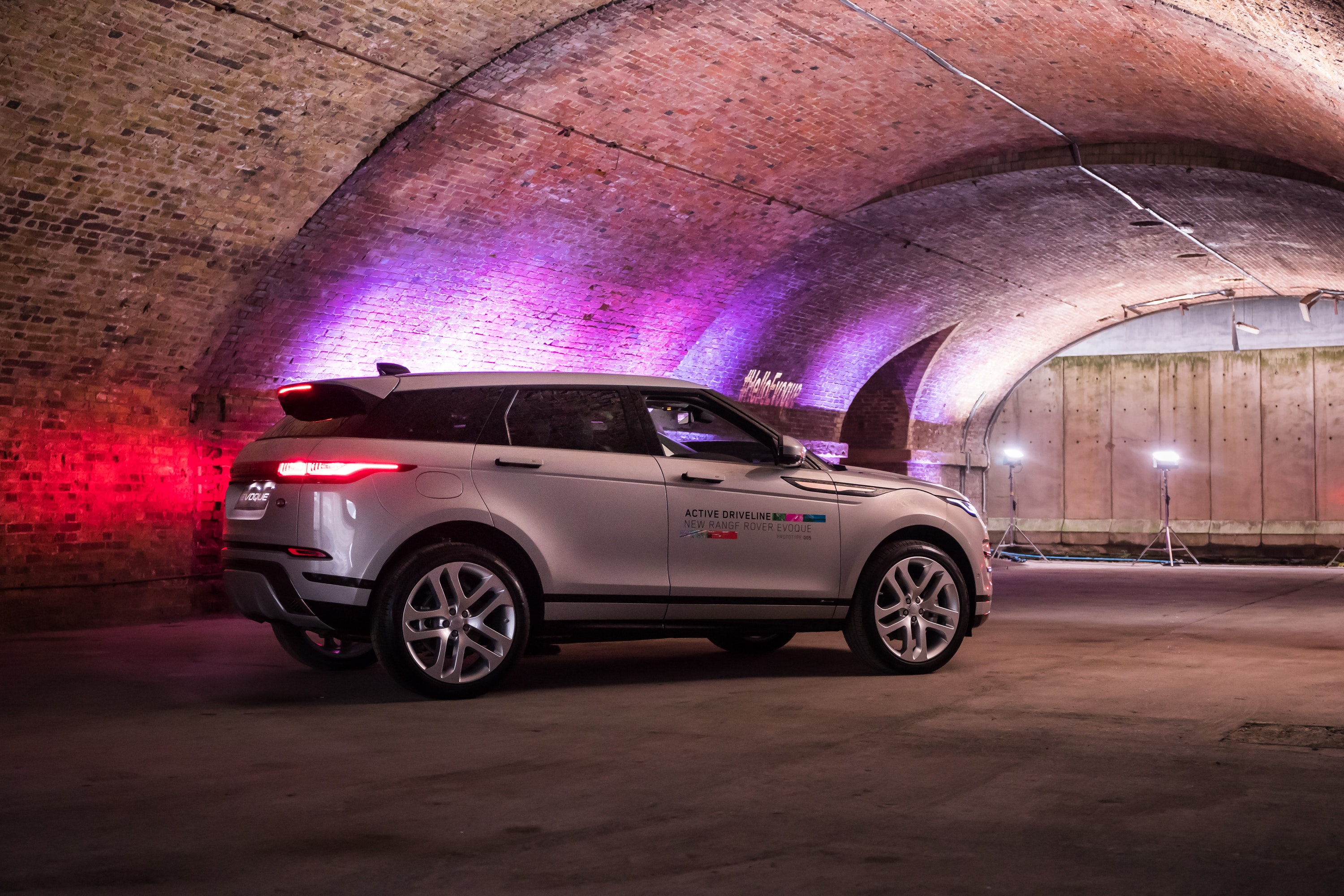
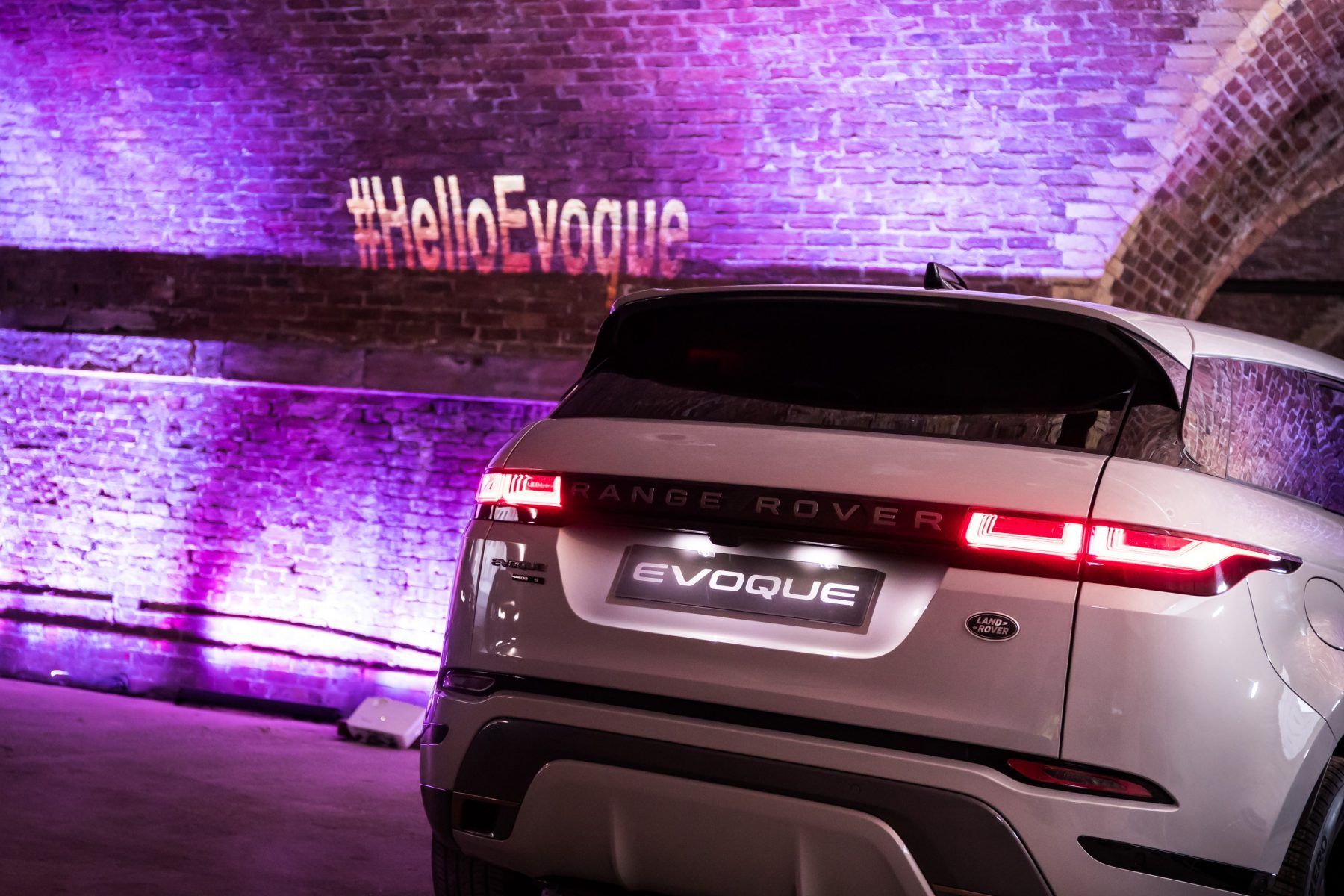
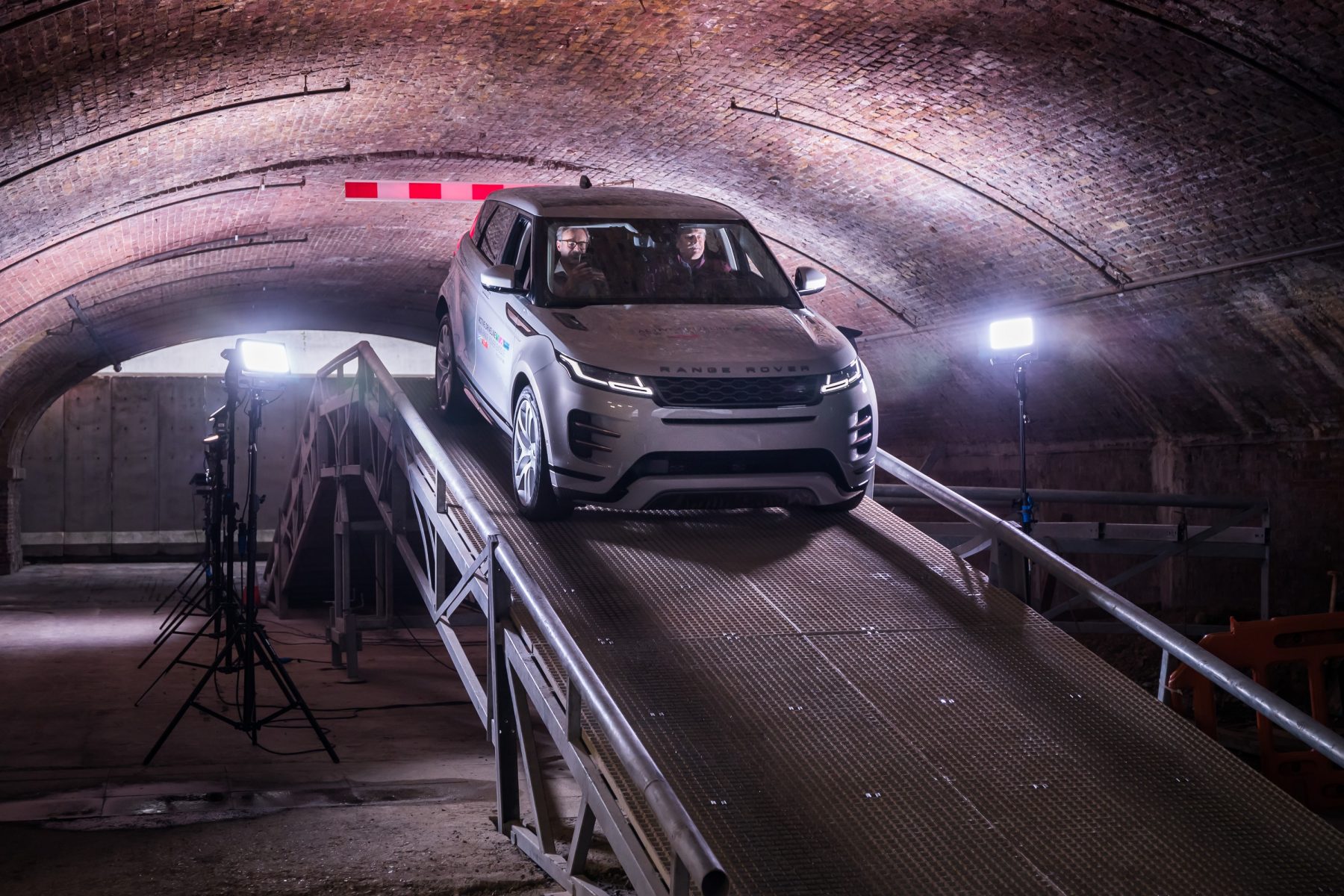

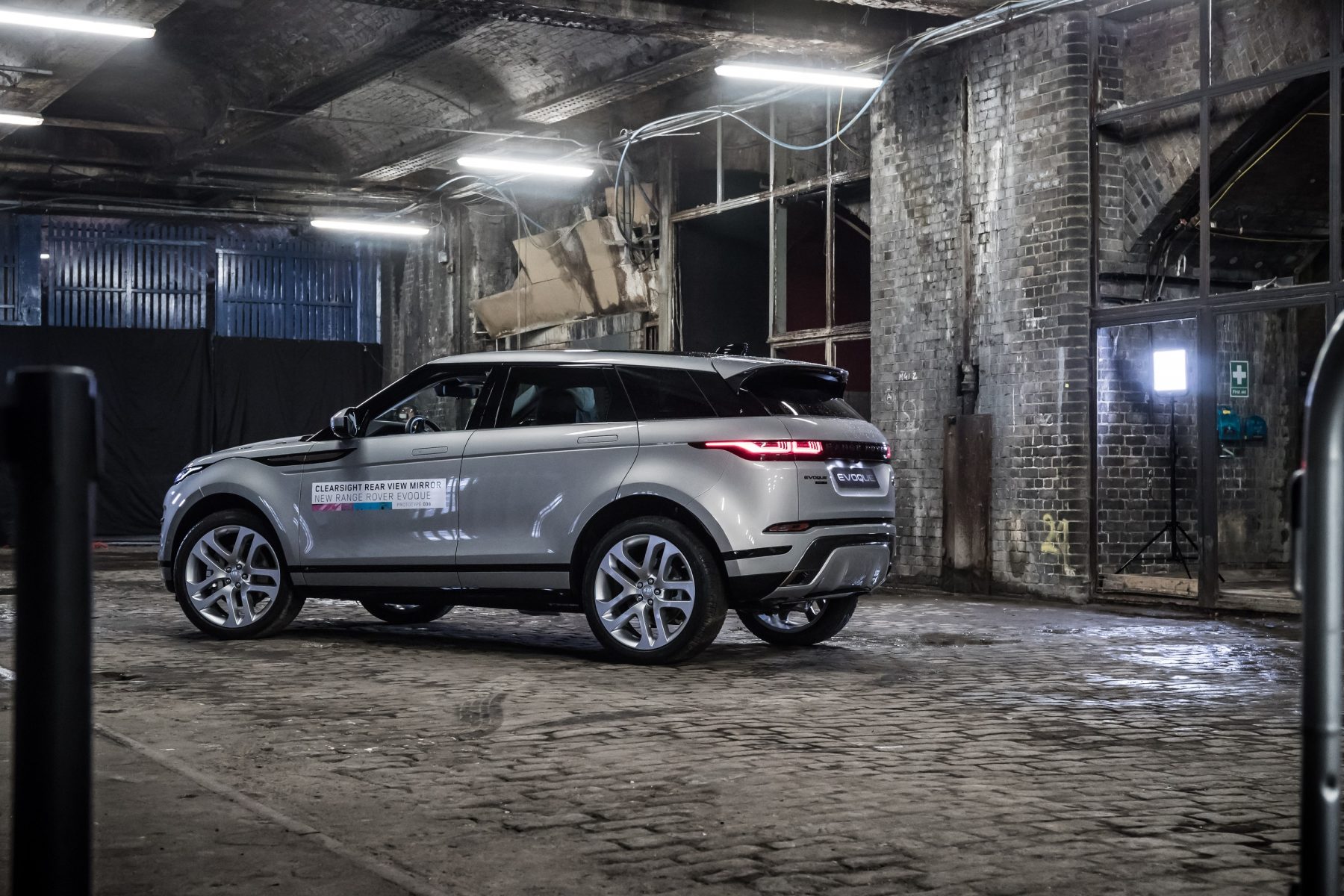
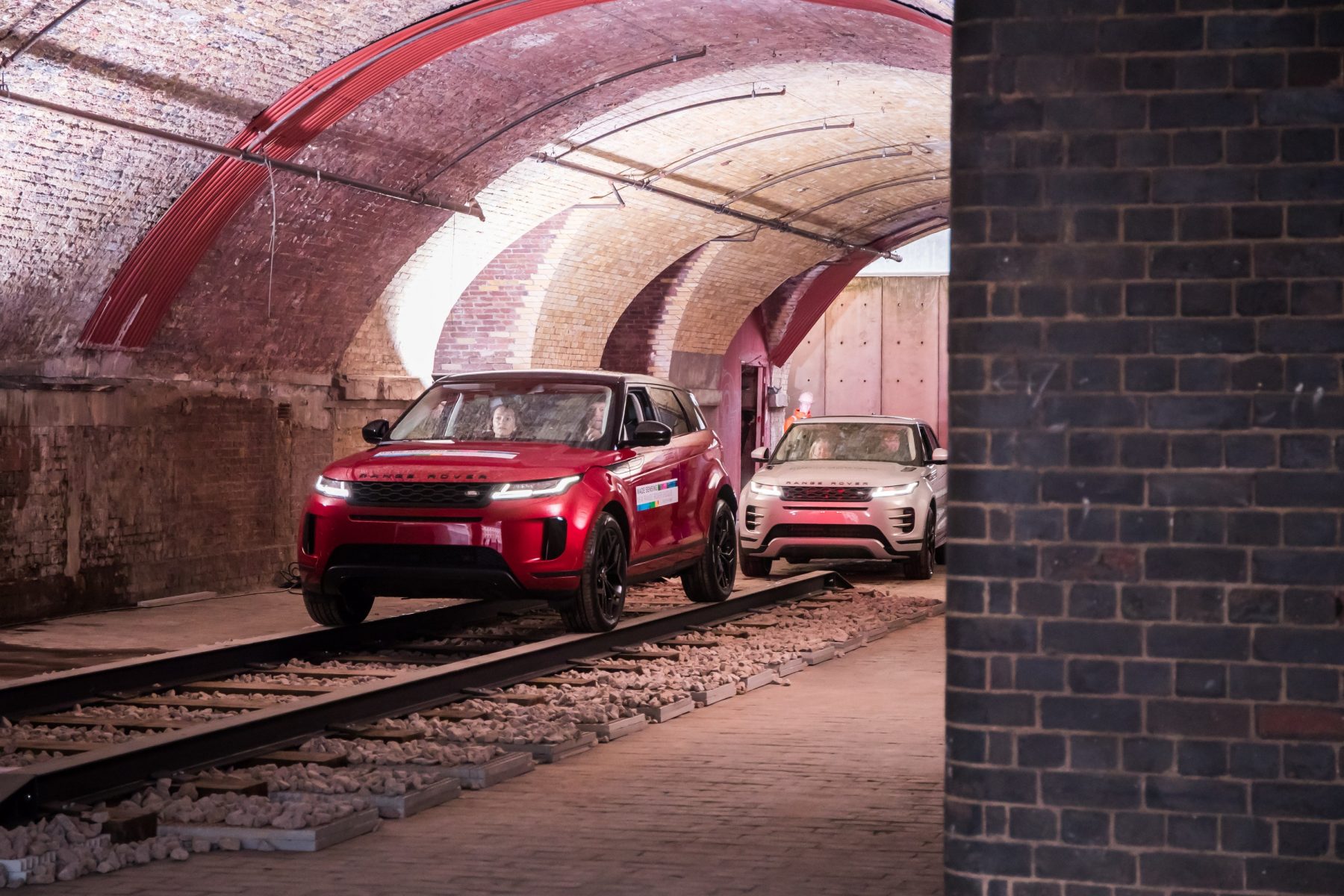
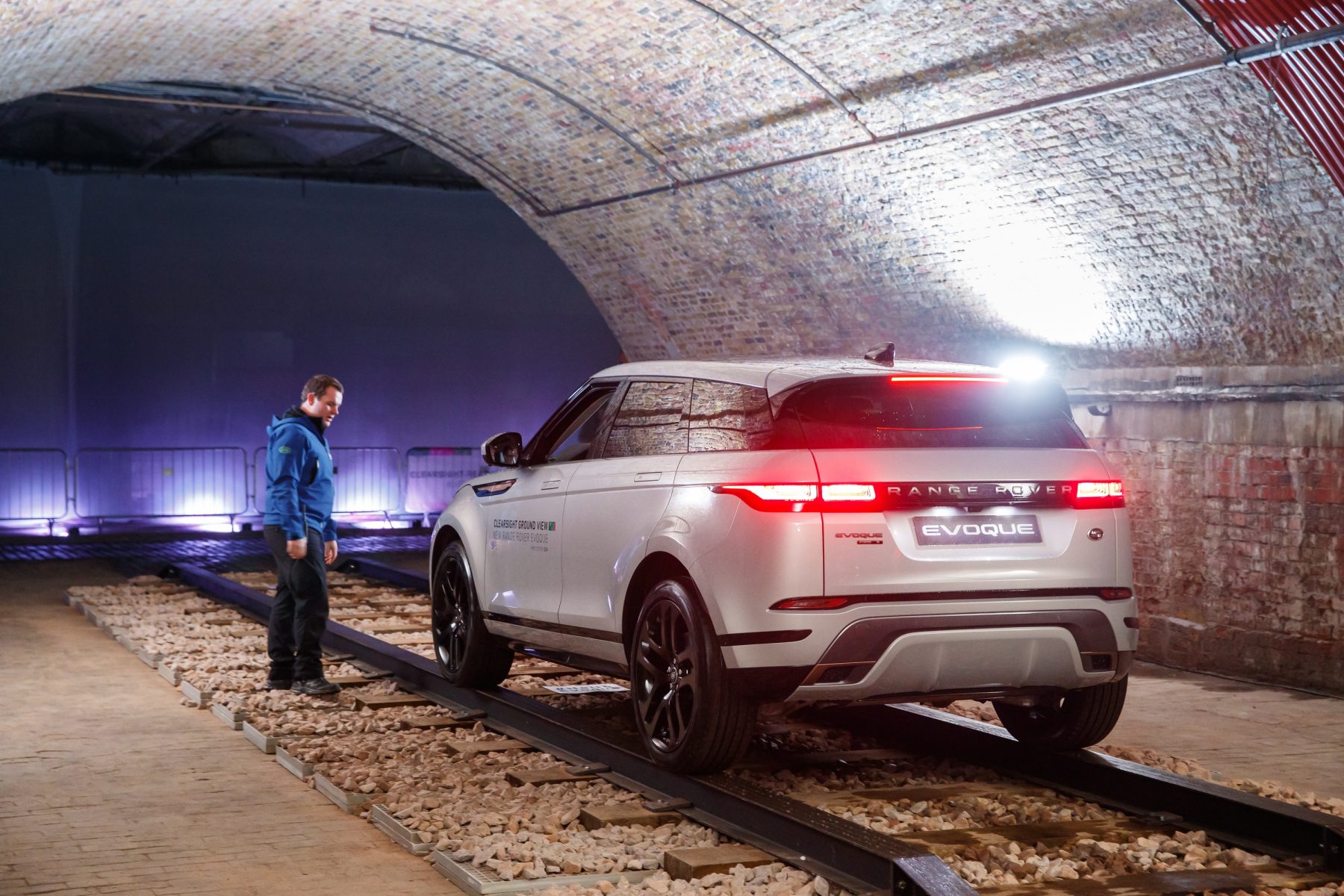
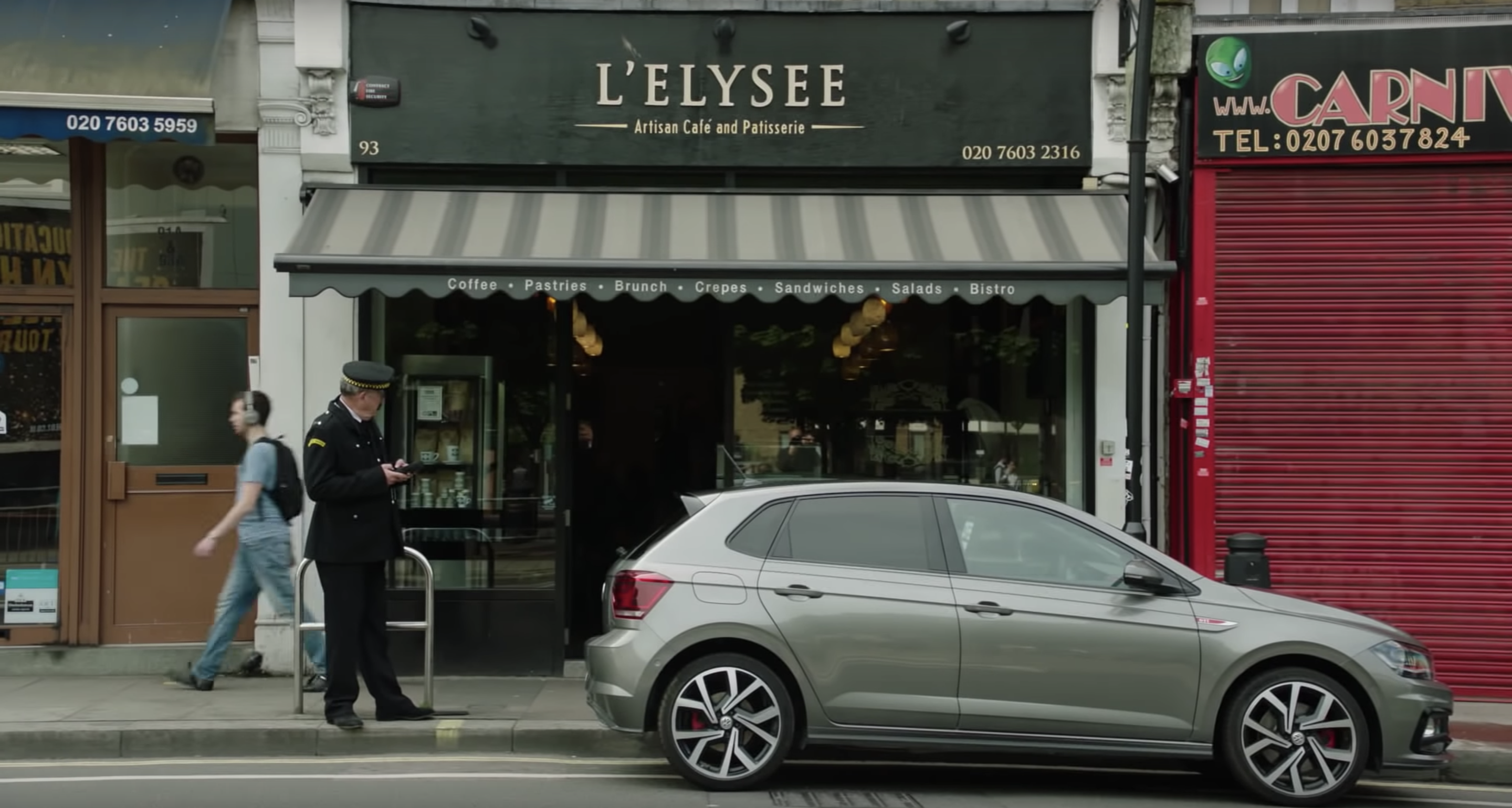


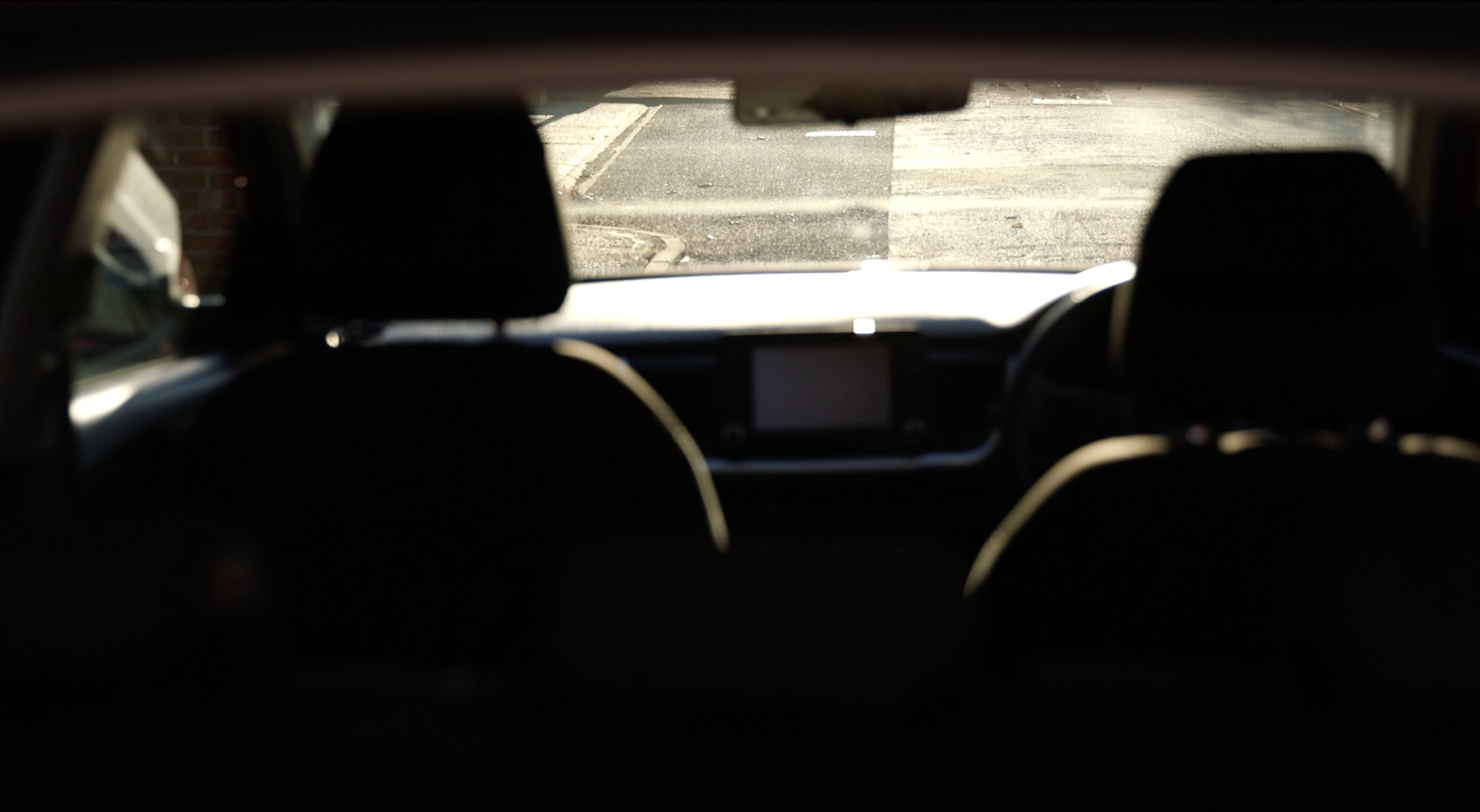
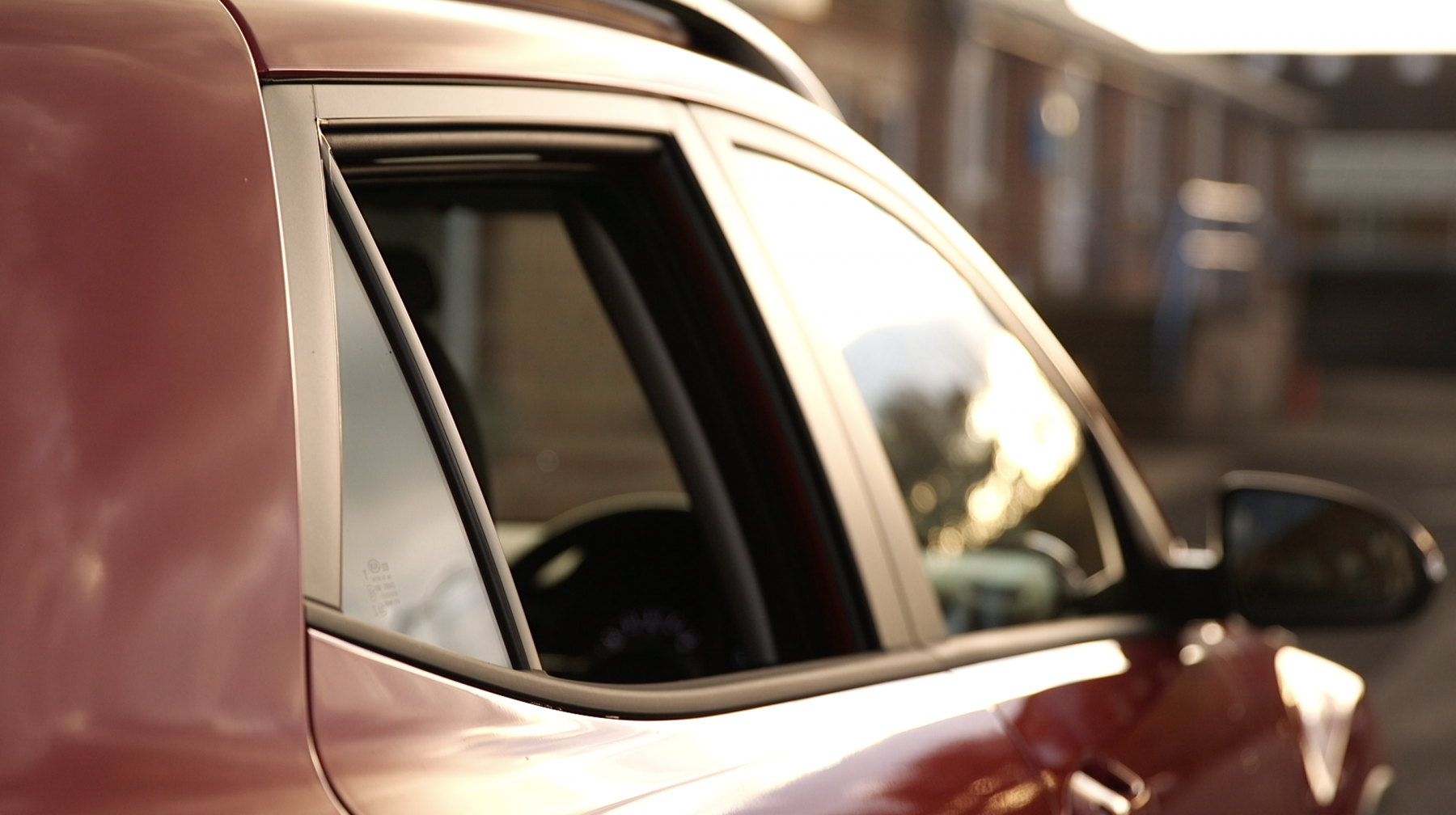

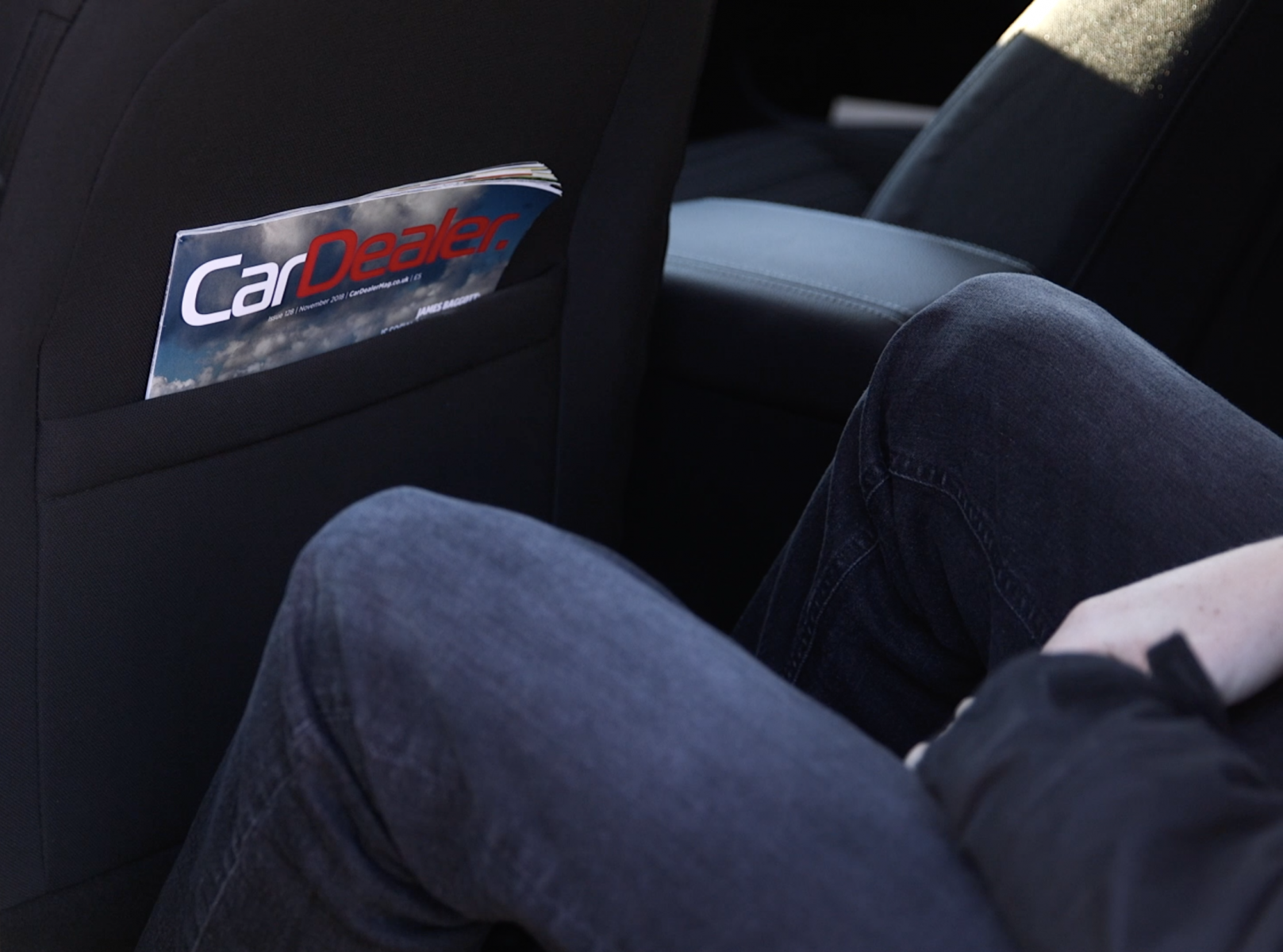
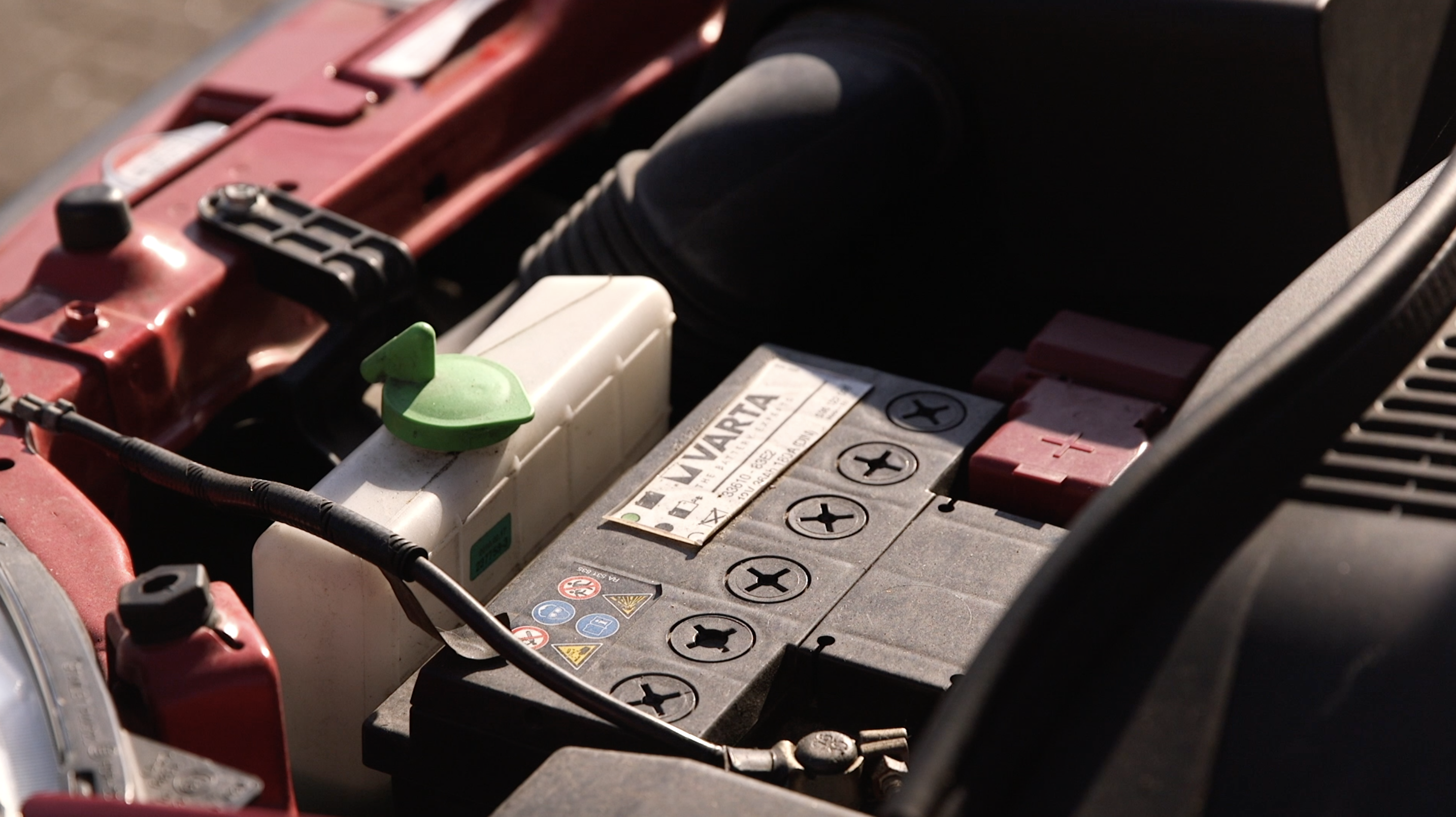

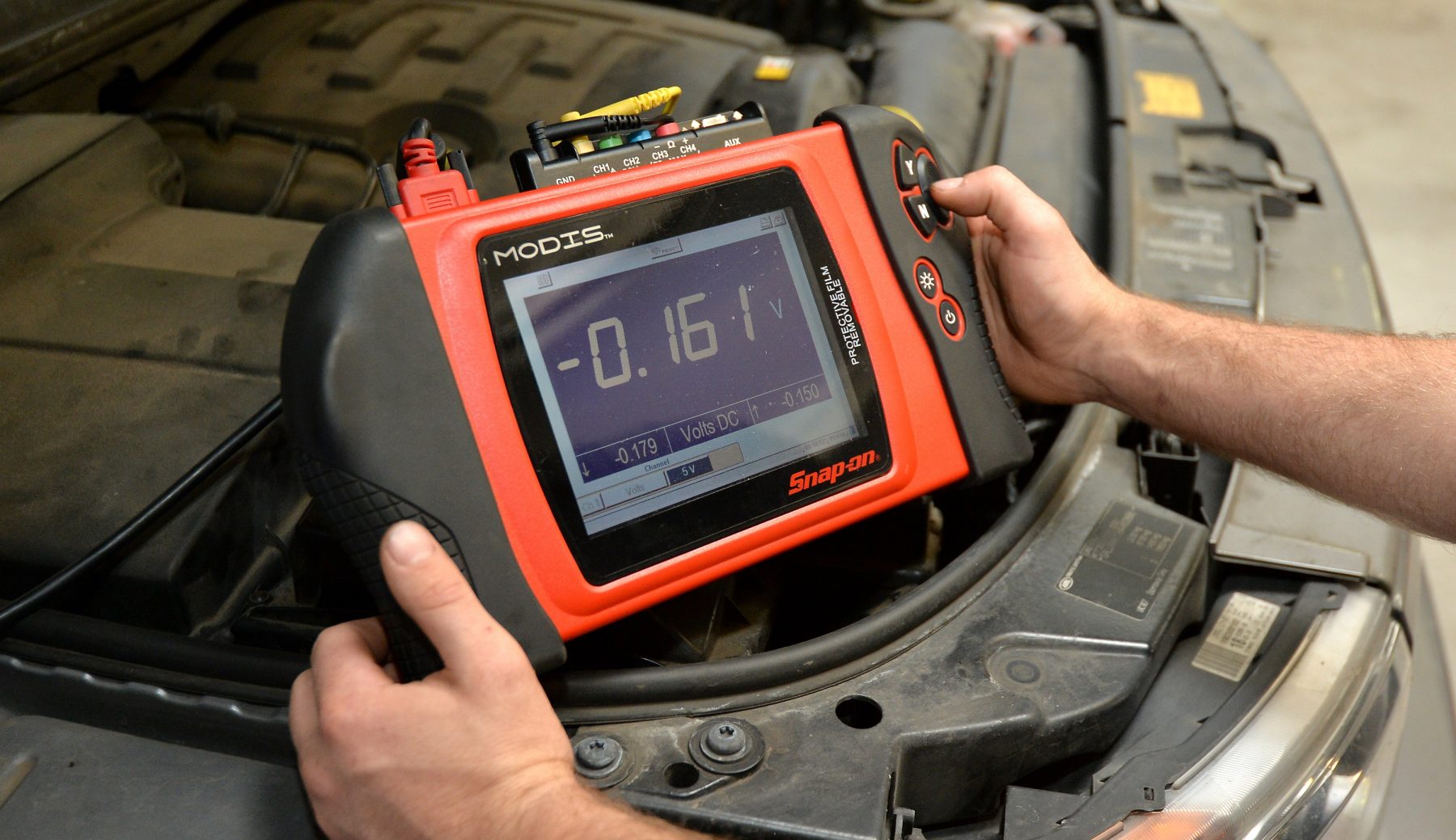
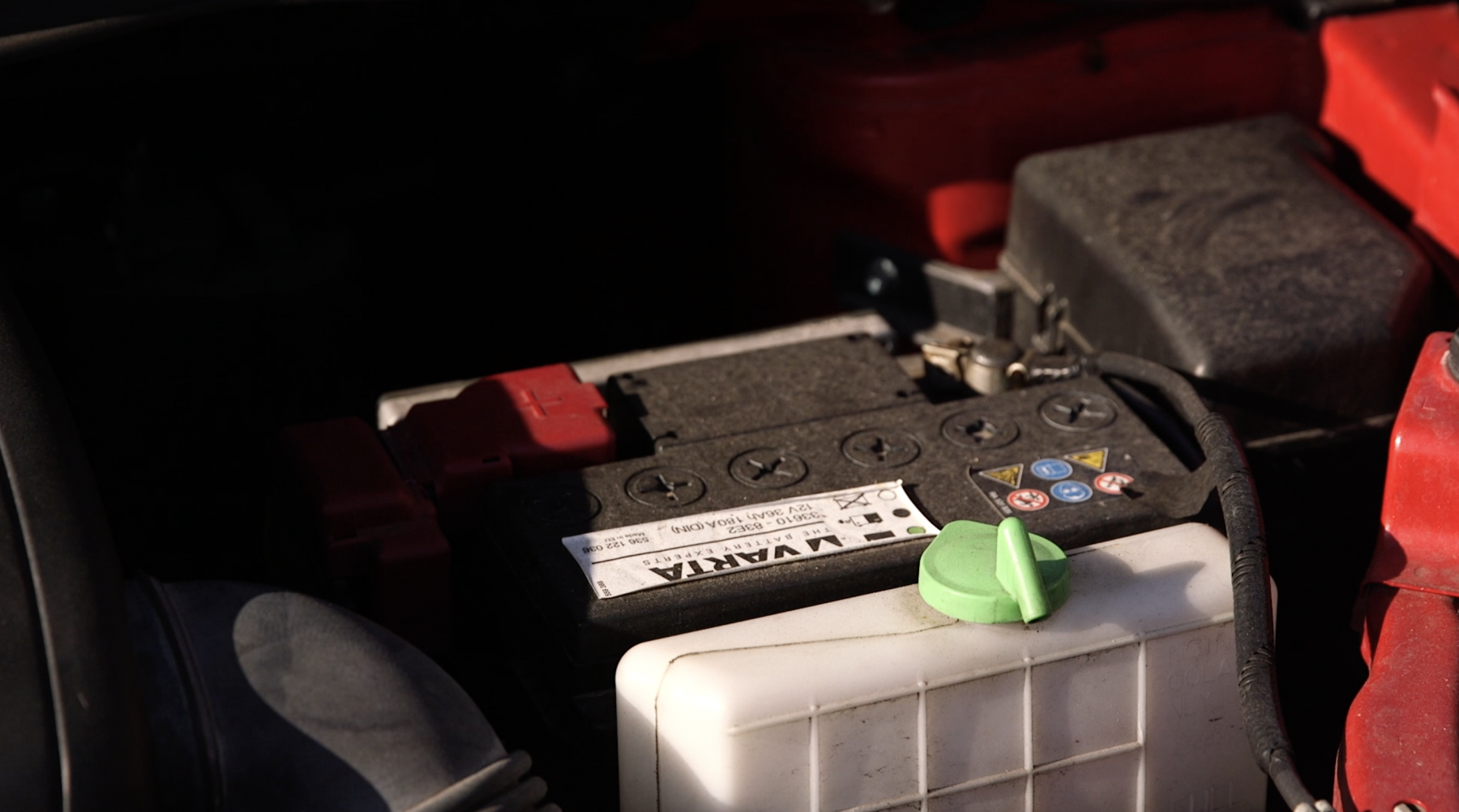
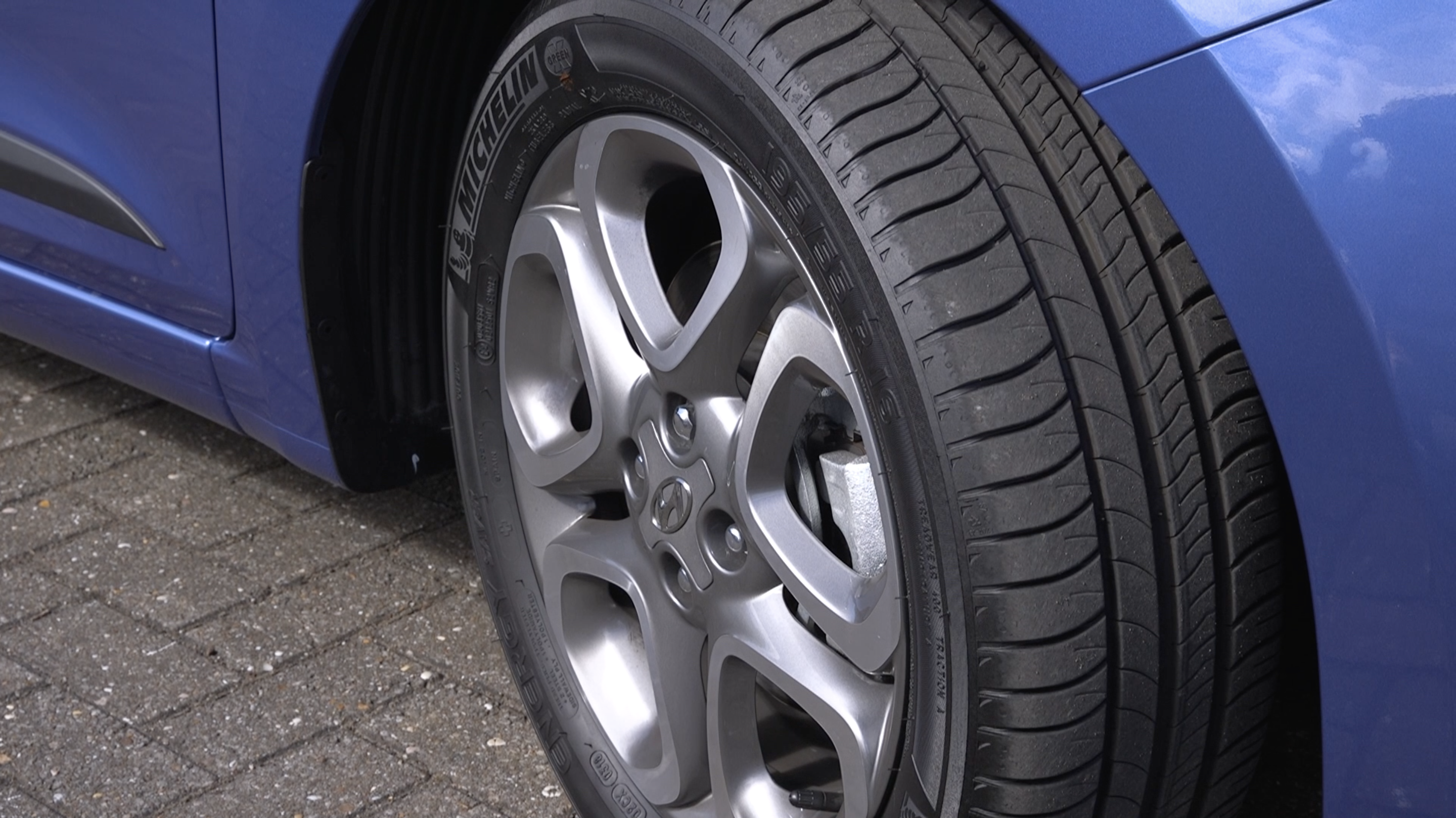
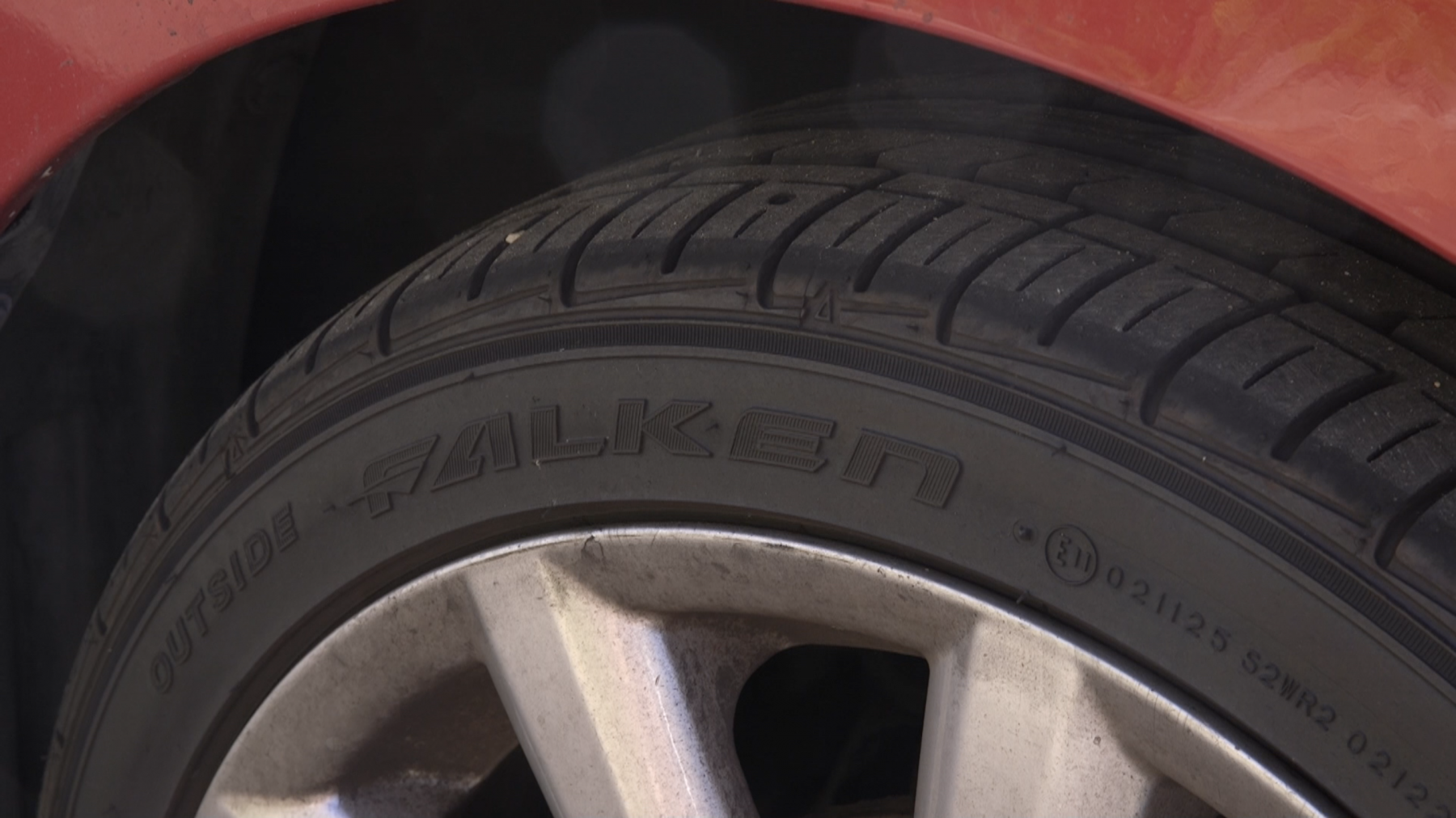 While it may be tempting to go for those £40 tyres from a brand nobody’s ever heard of, you could be doing more harm to your wallet in the long run.
While it may be tempting to go for those £40 tyres from a brand nobody’s ever heard of, you could be doing more harm to your wallet in the long run.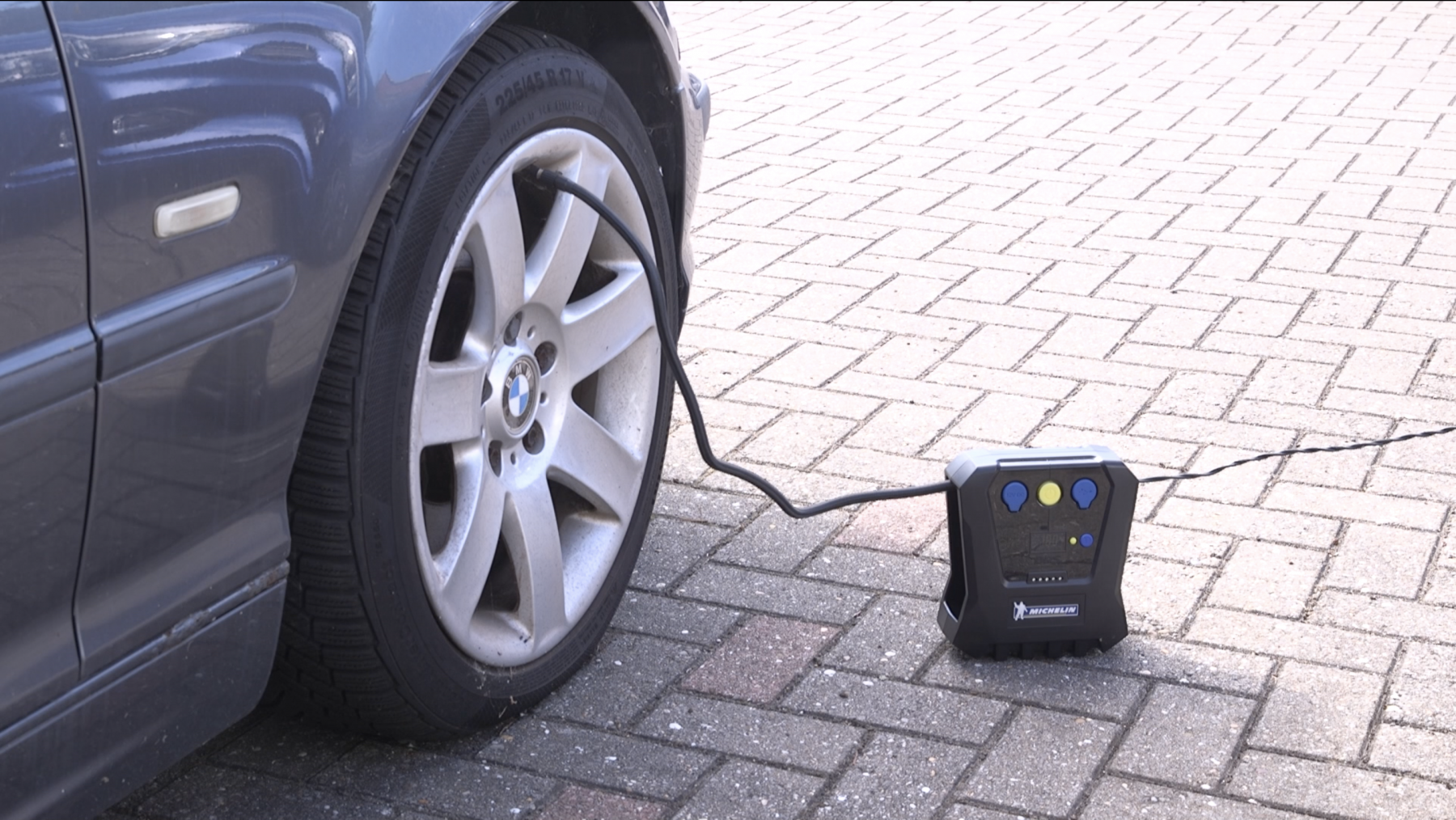 Underinflated tyres have a higher rolling resistance than those at the correct level, increasing wear on the sidewall. To keep your tyres lasting longer, regularly check pressures and keep them at manufacturer recommendations — which can be found in the owner’s manual, and inside the door sill of many cars.
Underinflated tyres have a higher rolling resistance than those at the correct level, increasing wear on the sidewall. To keep your tyres lasting longer, regularly check pressures and keep them at manufacturer recommendations — which can be found in the owner’s manual, and inside the door sill of many cars.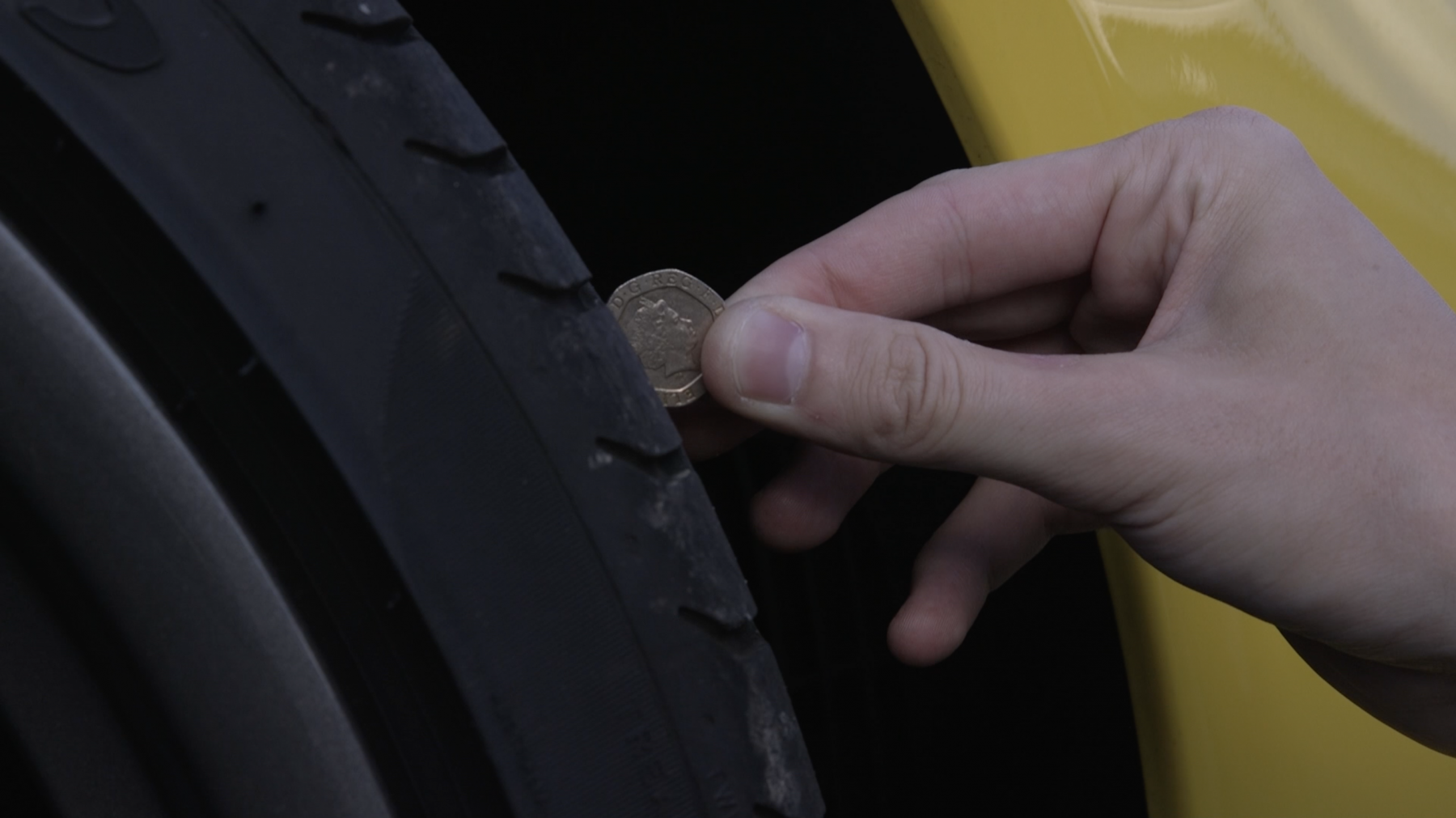 Tread is the part of the tyre that contacts the road, and as a result, wears out. Not only is it important to ensure you have a good amount of tread for your own safety, it’s also a legal requirement to have at least 1.6mm of it on all four tyres.
Tread is the part of the tyre that contacts the road, and as a result, wears out. Not only is it important to ensure you have a good amount of tread for your own safety, it’s also a legal requirement to have at least 1.6mm of it on all four tyres.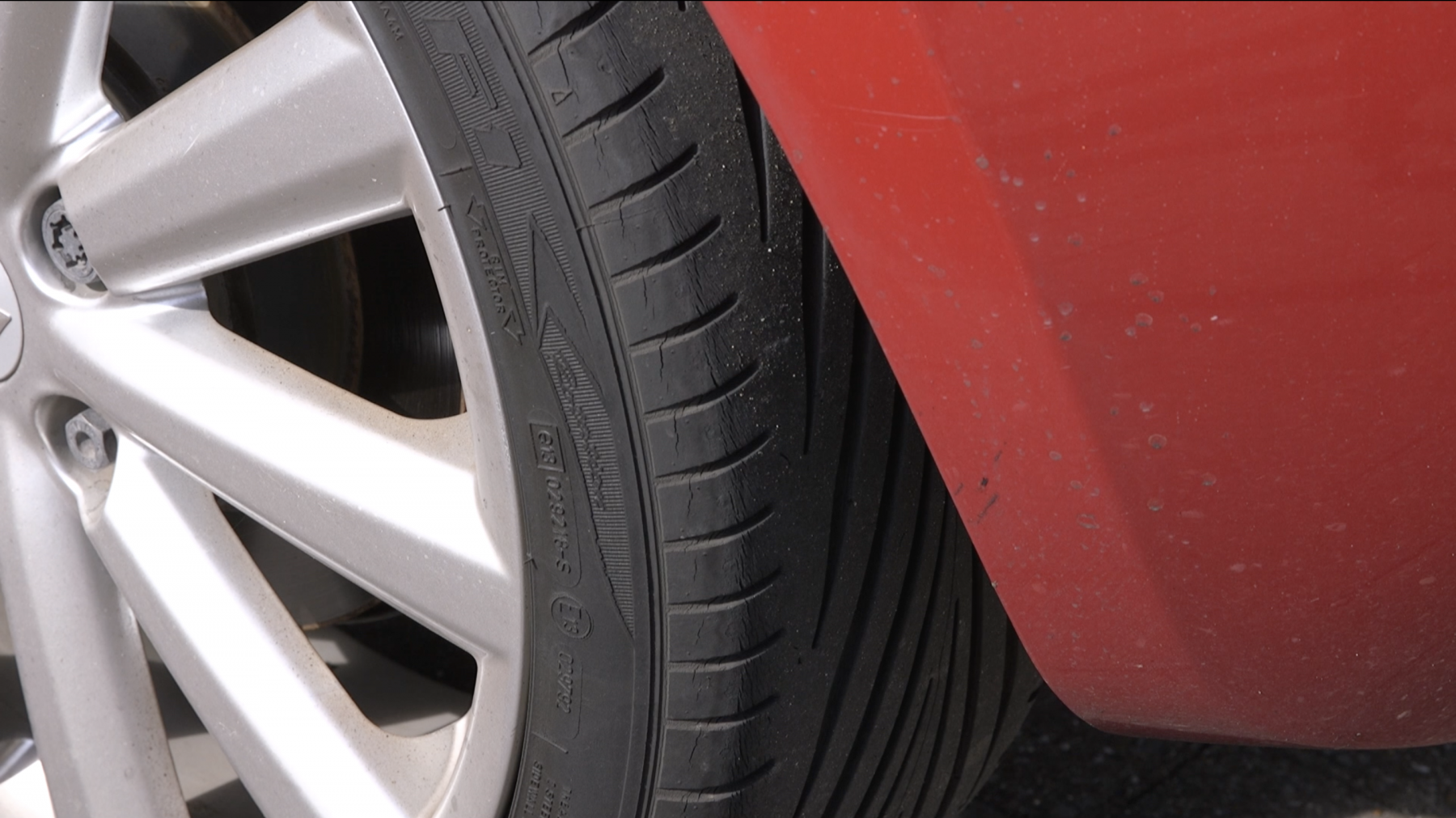 Find your right foot often pinned to the floor? Brake heavily? Corner hard? You’re probably doing some harm to your tyres.
Find your right foot often pinned to the floor? Brake heavily? Corner hard? You’re probably doing some harm to your tyres.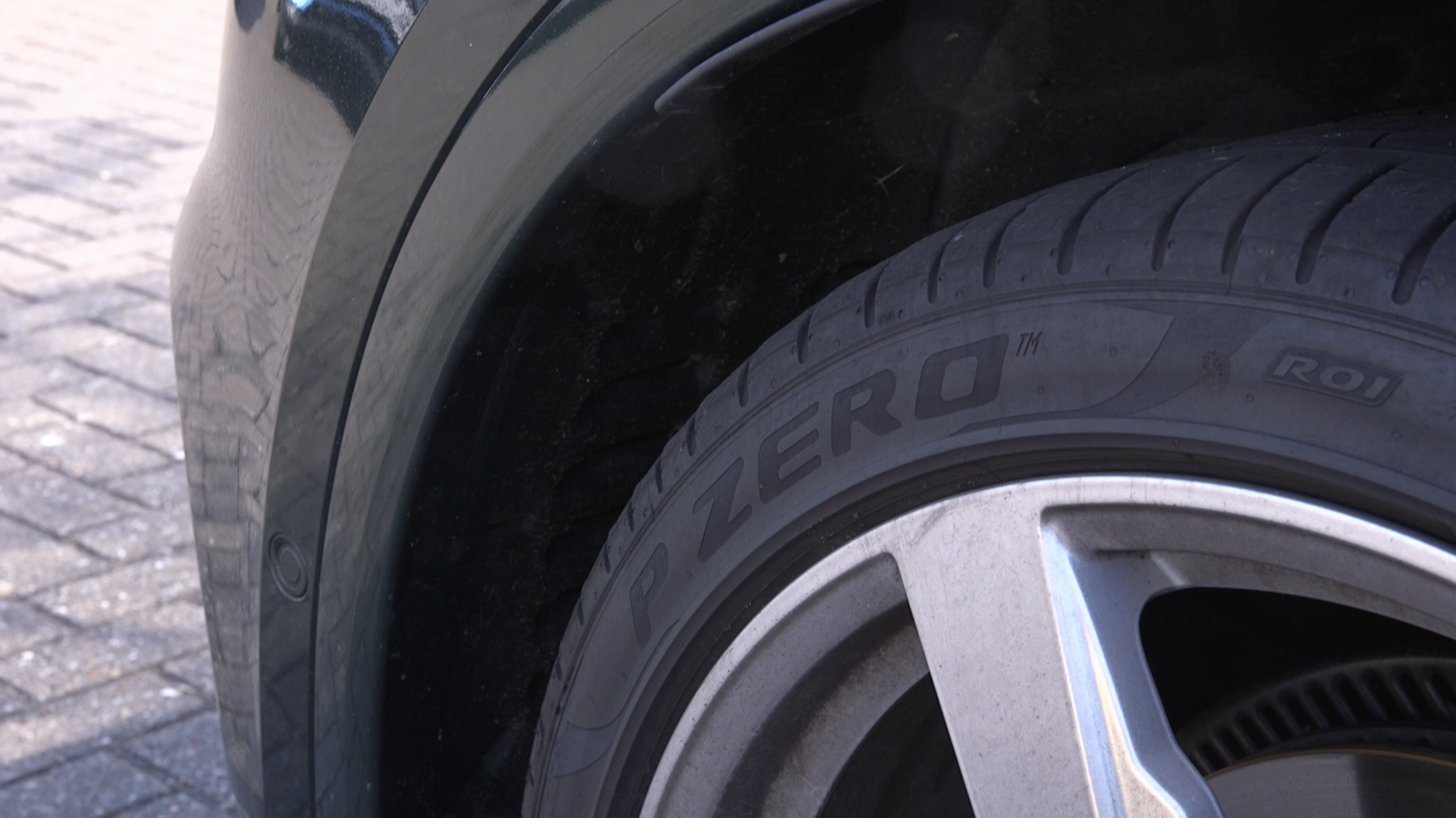 If your car’s wheels have gone out of alignment, the tyres will see more stress on a smaller contact patch. The result is quicker and uneven wear.
If your car’s wheels have gone out of alignment, the tyres will see more stress on a smaller contact patch. The result is quicker and uneven wear.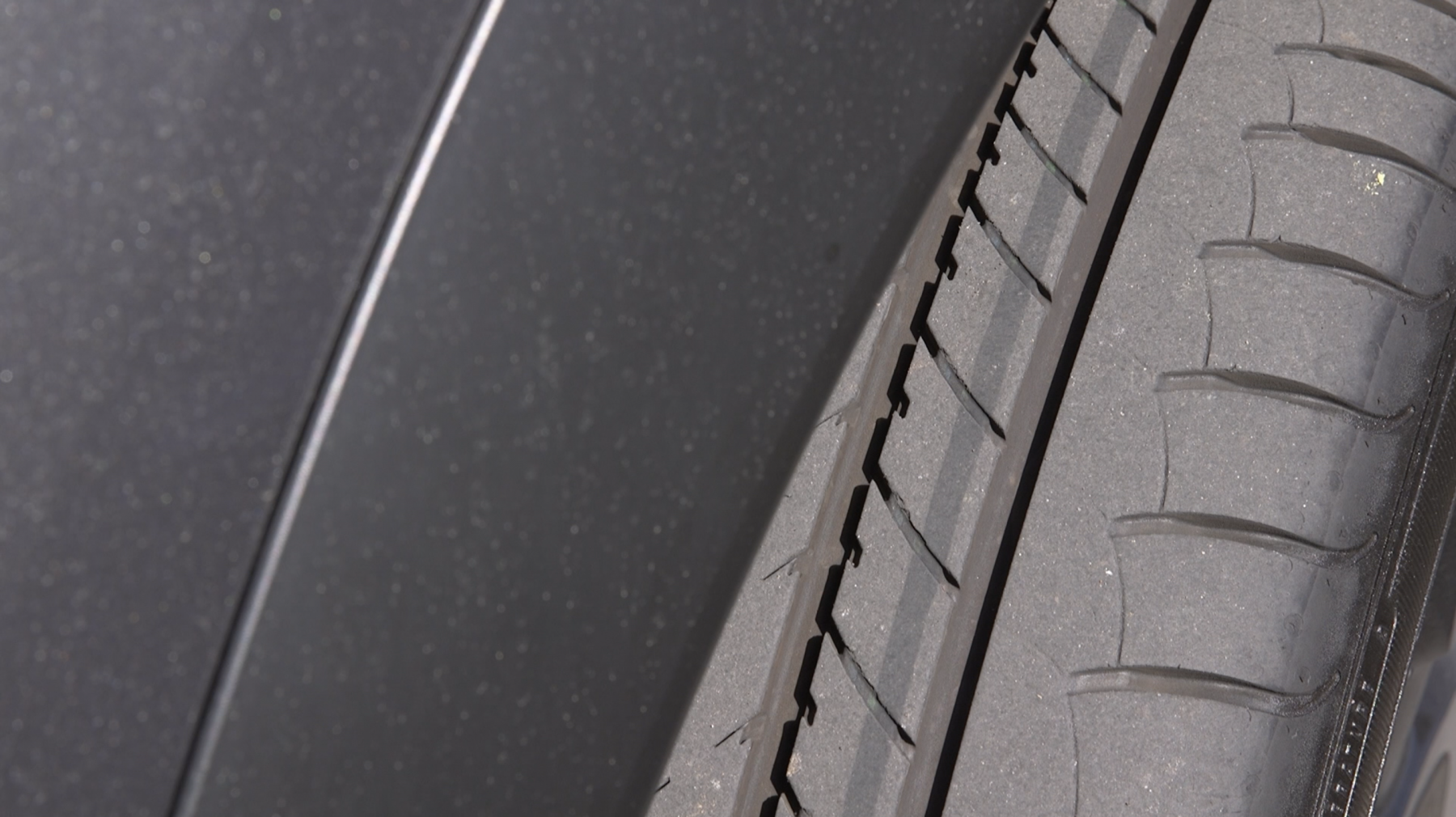 No matter how careful your driving style, new your tyres are or even if they’ve all been fitted at the same time — they’re going to wear unevenly.
No matter how careful your driving style, new your tyres are or even if they’ve all been fitted at the same time — they’re going to wear unevenly.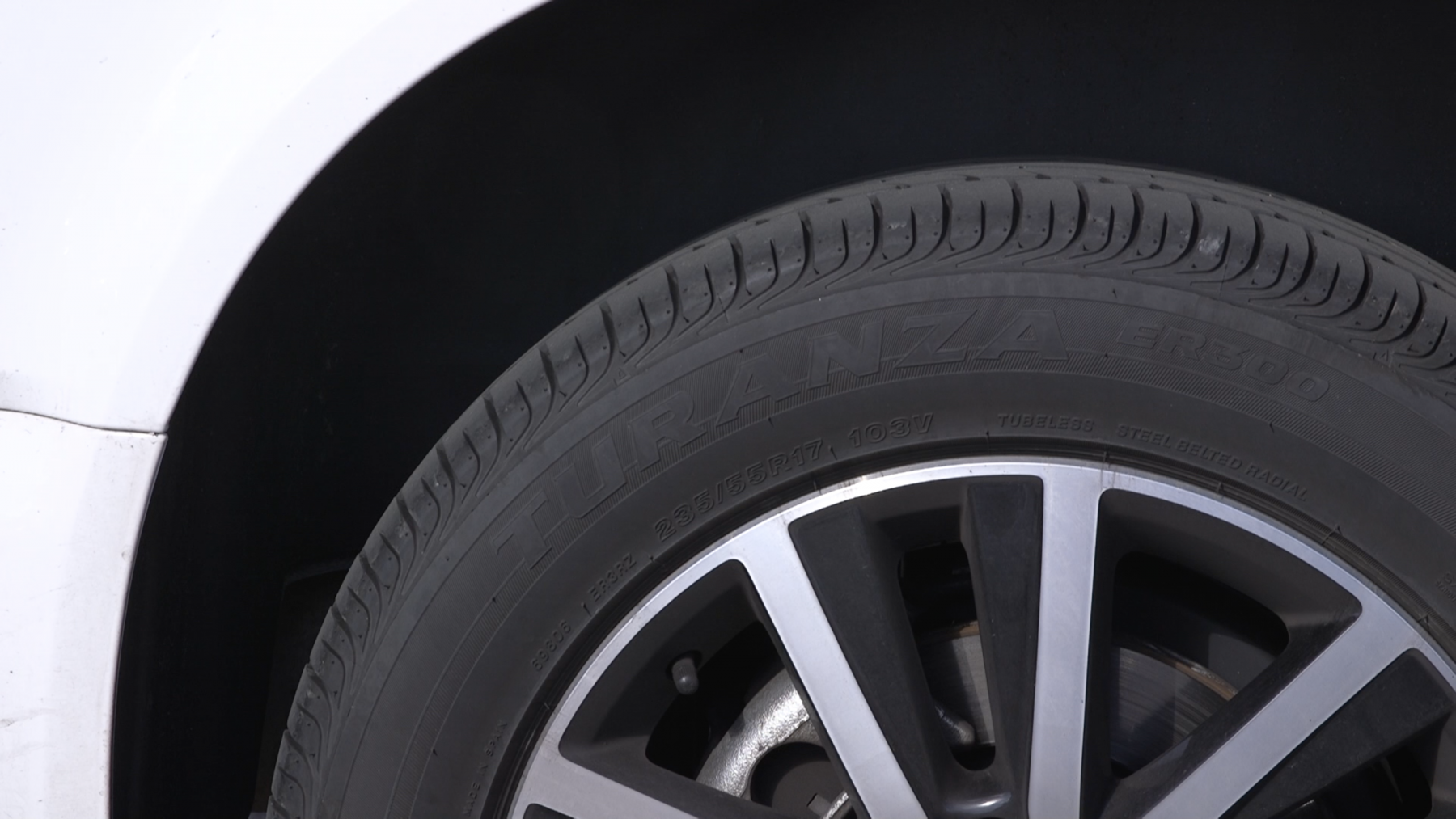 While all-season tyres can offer plenty of grip all year round, splashing out for season-specific tyres can keep prepared for all eventualities.
While all-season tyres can offer plenty of grip all year round, splashing out for season-specific tyres can keep prepared for all eventualities.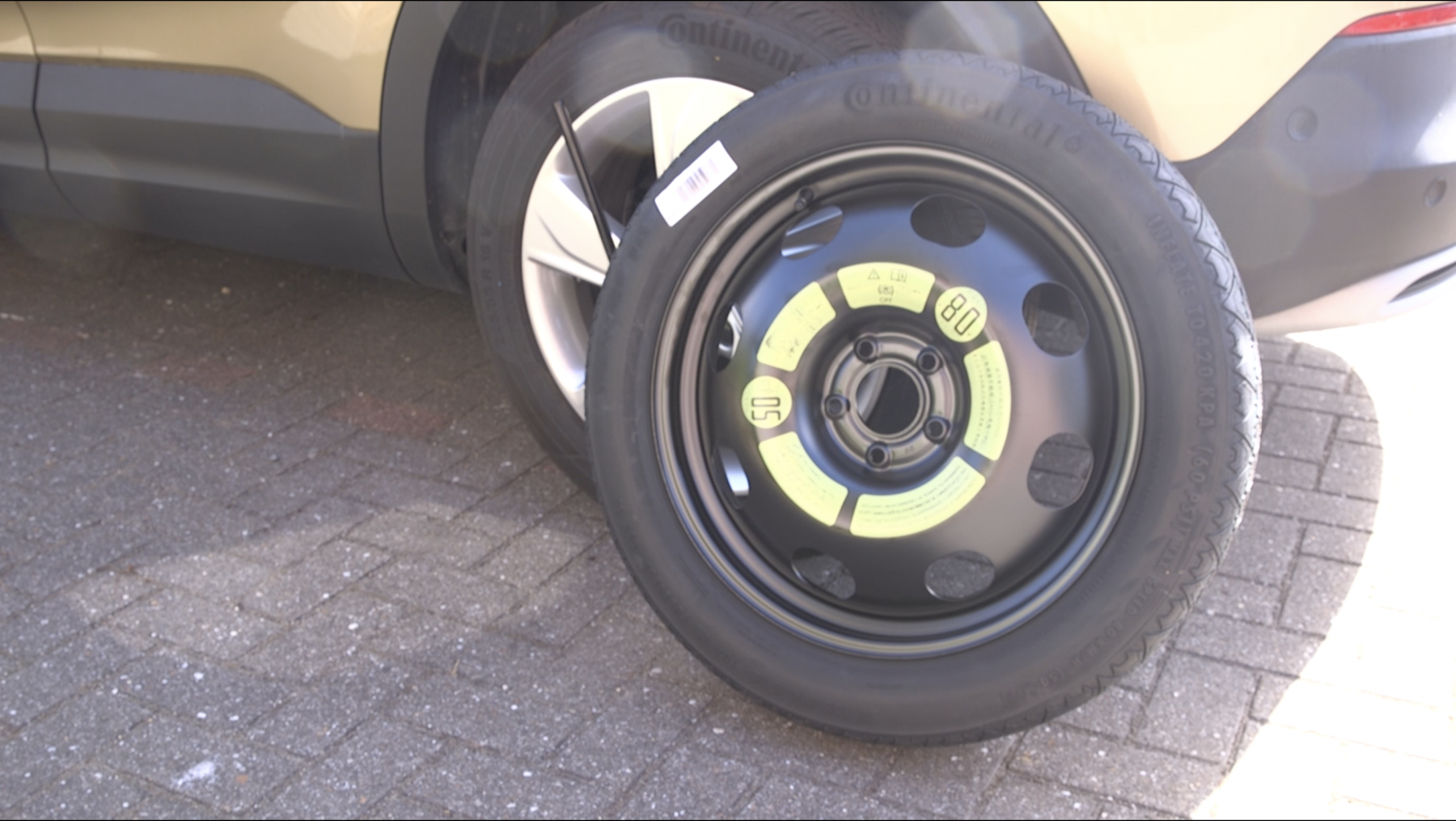 It’s easy to forget about looking after a spare tyre — after all, you’ll ideally never have to use it.
It’s easy to forget about looking after a spare tyre — after all, you’ll ideally never have to use it.